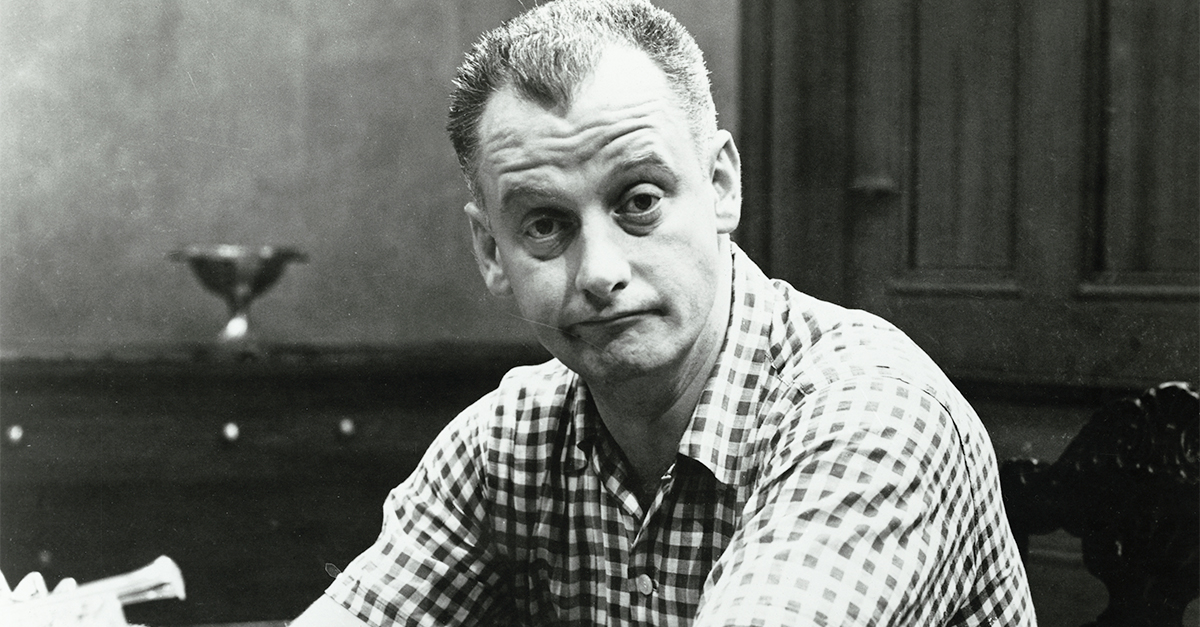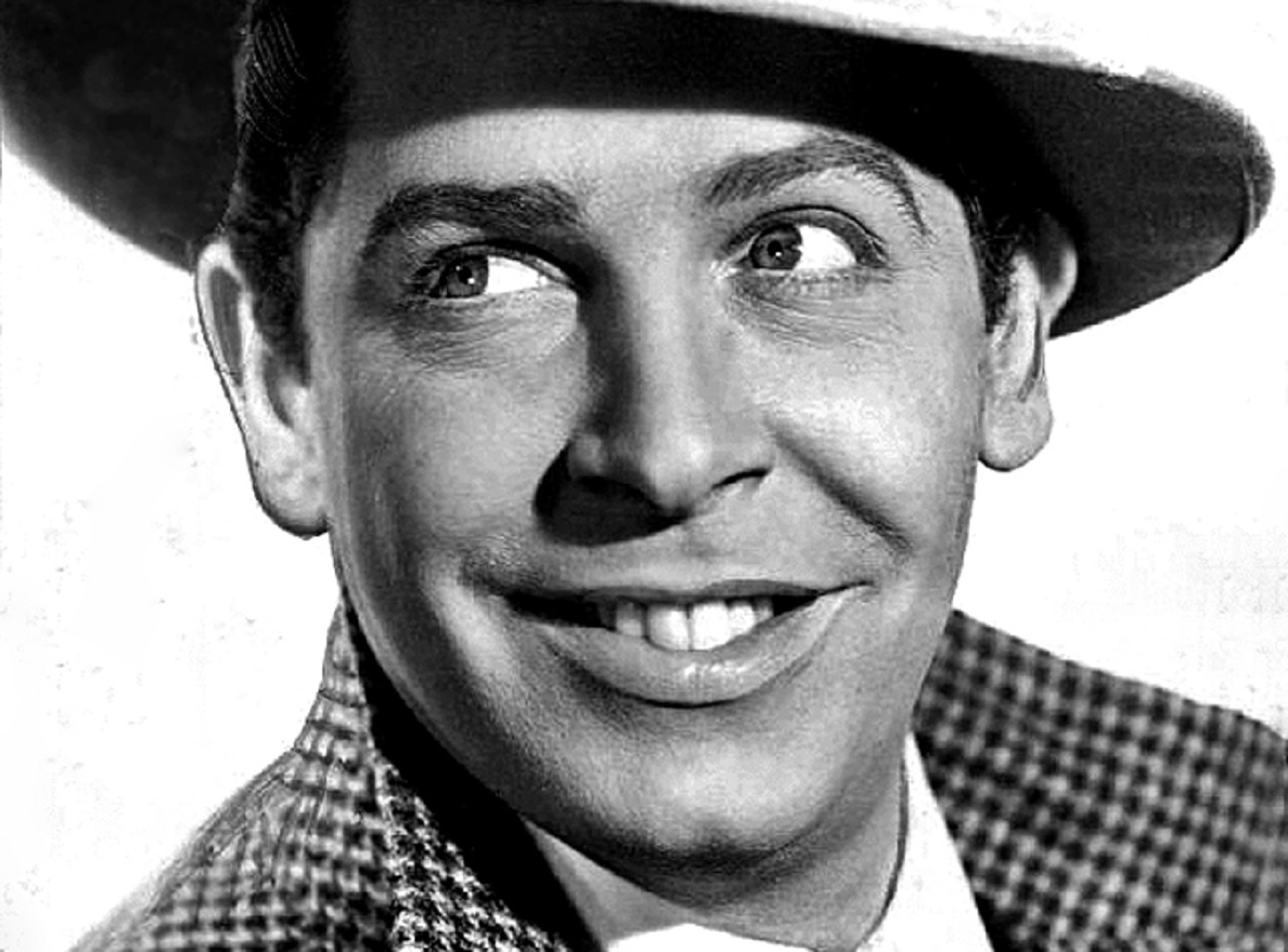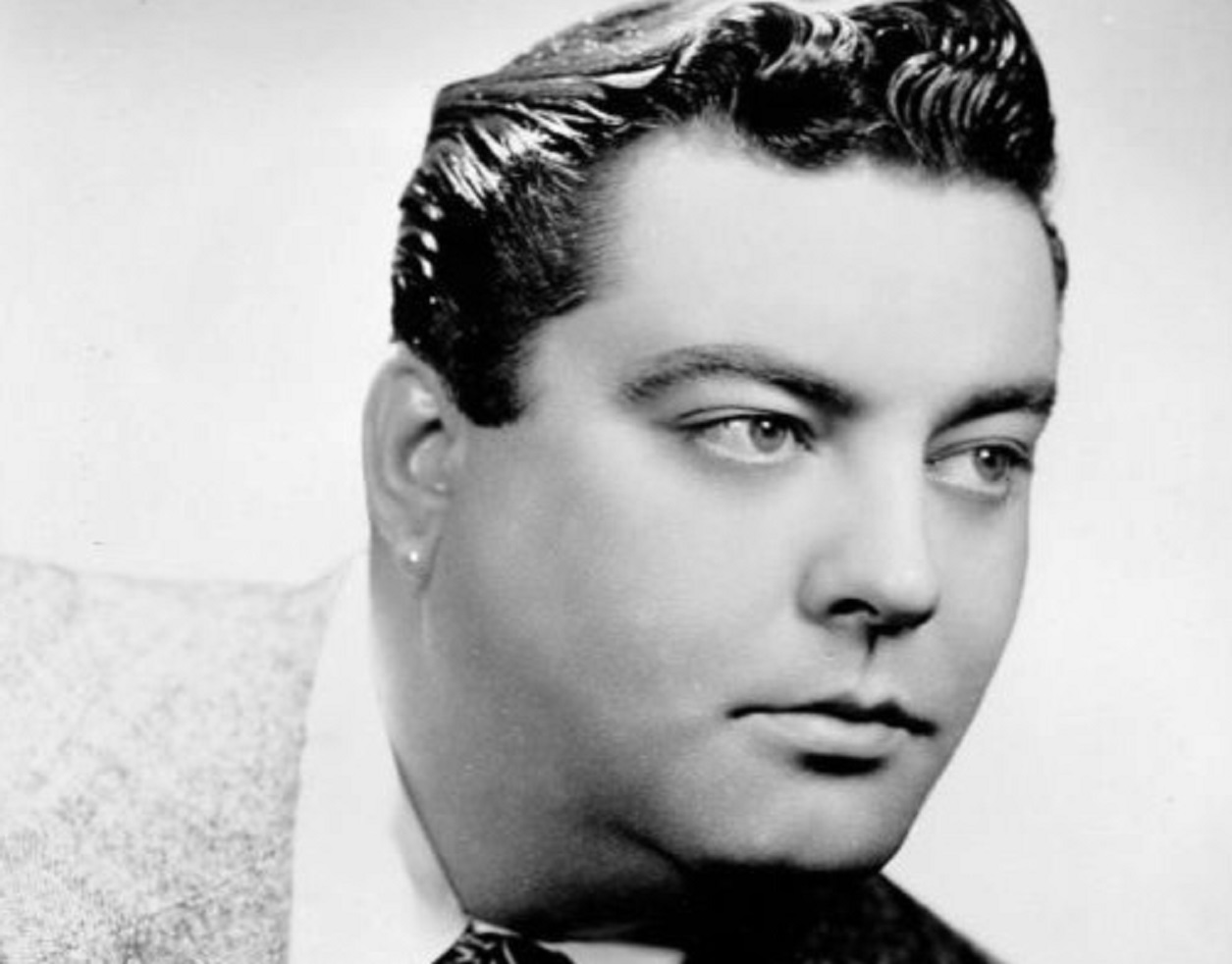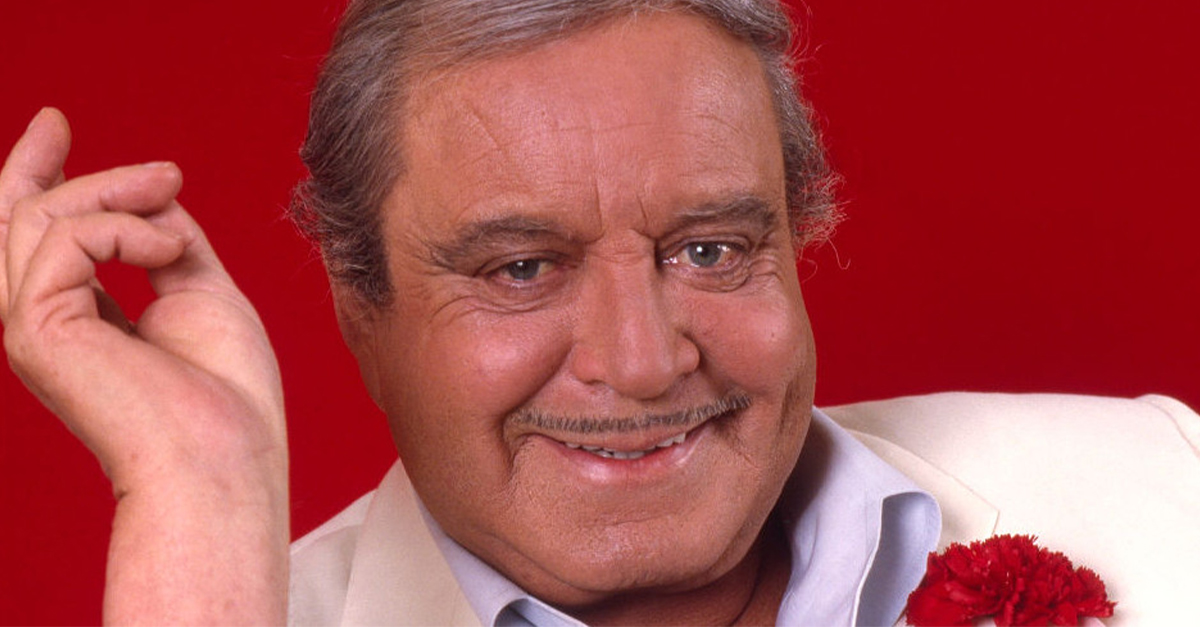From his weekly appearances on The Honeymooners to his Oscar-winning role in Harry and Tonto, Art Carney made millions forget their troubles, while his own almost brought him to ruin.
1. He Was A Born Mimic
The youngest of six kids and naturally shy, Art Carney got the attention he craved by entertaining friends and family with impressions. He mimicked everyone from Edward G Robinson to Jimmy Durante to President Franklin D Roosevelt. The latter impression was so good, it nearly caused an international incident.
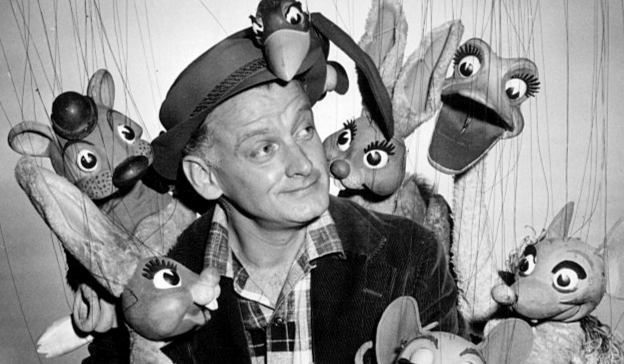 Associated Press, Wikimedia Commons
Associated Press, Wikimedia Commons
2. His Brother Gave Him His First Break
At the tender age of 18, only months out of high school, Art Carney got his first break in showbiz. His older brother Jack, an agent for MCA, arranged an audition with the Horace Heidt Band, who were looking for an announcer/entertainer. Heidt hired him on the spot.
Opportunity was knocking, but there was a dark shadow standing on the doorstep as well.
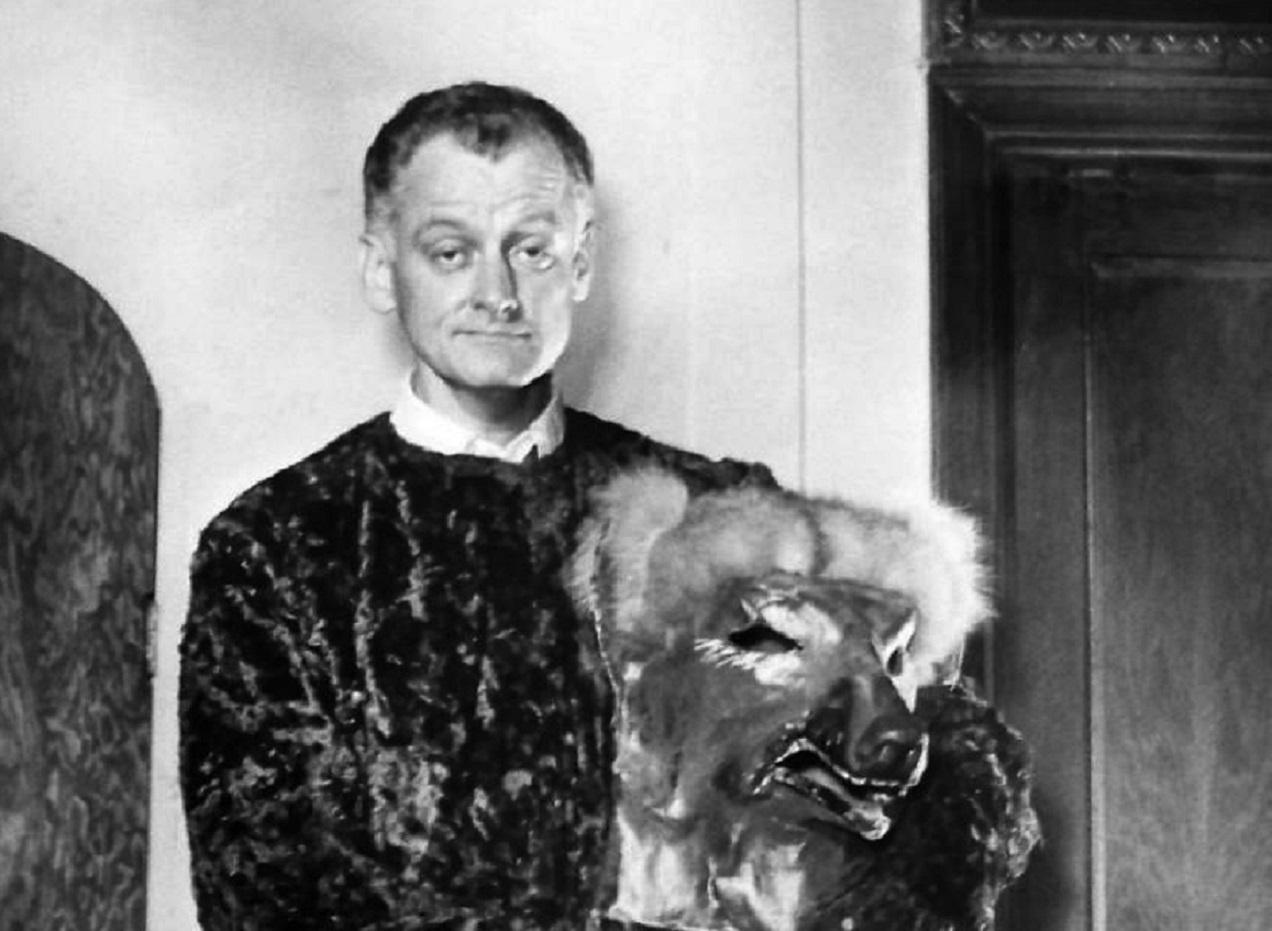 NBC Television, Wikimedia Commons
NBC Television, Wikimedia Commons
3. He Was A Kid Thrown Into a Grown-Up World
Touring with Heidt, the naive 18-year-old Carney roomed with the much older Fred Lowery, who had a novelty act as a blind whistler. Lowery, unfortunately, also had a dark side. He was a heavy drinker and it didn’t take long for Carney to pick up the habit as well. They would start in the morning, ordering a drink with their grapefruit juice.
Carney loved every minute of the wild ride he was on. There was a twisted reason behind this.
 Billboard magazine, Wikimedia Commons
Billboard magazine, Wikimedia Commons
4. He Came By It Naturally
Growing up, Art Carney was surrounded by drinking. Three of his older brothers were alcoholics and all evidence seemed to point to his father being one as well. “It's hereditary in my family," said Carney, years later. "I don't say that my father was an alcoholic, but he would have been better off if he hadn't done any drinking. Most of us boys are nonsmokers, but drinkers, yes."
Eventually, he’d have to pay the price for this bad habit.
 Ray Lee Jackson, Wikimedia Commons
Ray Lee Jackson, Wikimedia Commons
5. He Was Slurring His Words
In his fourth year of touring with Heidt’s Band, the constant drinking started taking a serious toll on his performance. When a sloshed Carney couldn’t spell “Tums,” the sponsor’s name, while on the air, things hit a breaking point. Trying desperately to get in front of the disaster, an embarrassed Carney quit before he could be fired at the sponsor’s insistence.  CBS-TV, Wikimedia Commons
CBS-TV, Wikimedia Commons
6. He Tried His Hand At Stand-Up
In 1941, suddenly without a full-time job in entertainment, but untrained for any other kind of work, Art Carney tried something new. He entered the world of stand-up comedy. Carney worked night clubs and the vaudeville circuit—with only mediocre success.
The reason why was heartbreaking. With the audience so up close and personal, Carney freaked out. He couldn’t take the scrutiny. So, his career flatlined—until his brother stepped in again.
 Embassy Television, A Doctor's Story (1984)
Embassy Television, A Doctor's Story (1984)
7. He Was Saved By Radio
In 1942, Carney’s brother Jack intervened once more in his career by suggesting that he contact a new radio show, Report on the Nation. The show, which featured recreations of current events, with actors imitating world leaders, seemed tailor-made for Carney. He auditioned, was hired and soon became a regular.
In fact, his political impersonations were so good he received a warning from the White House.
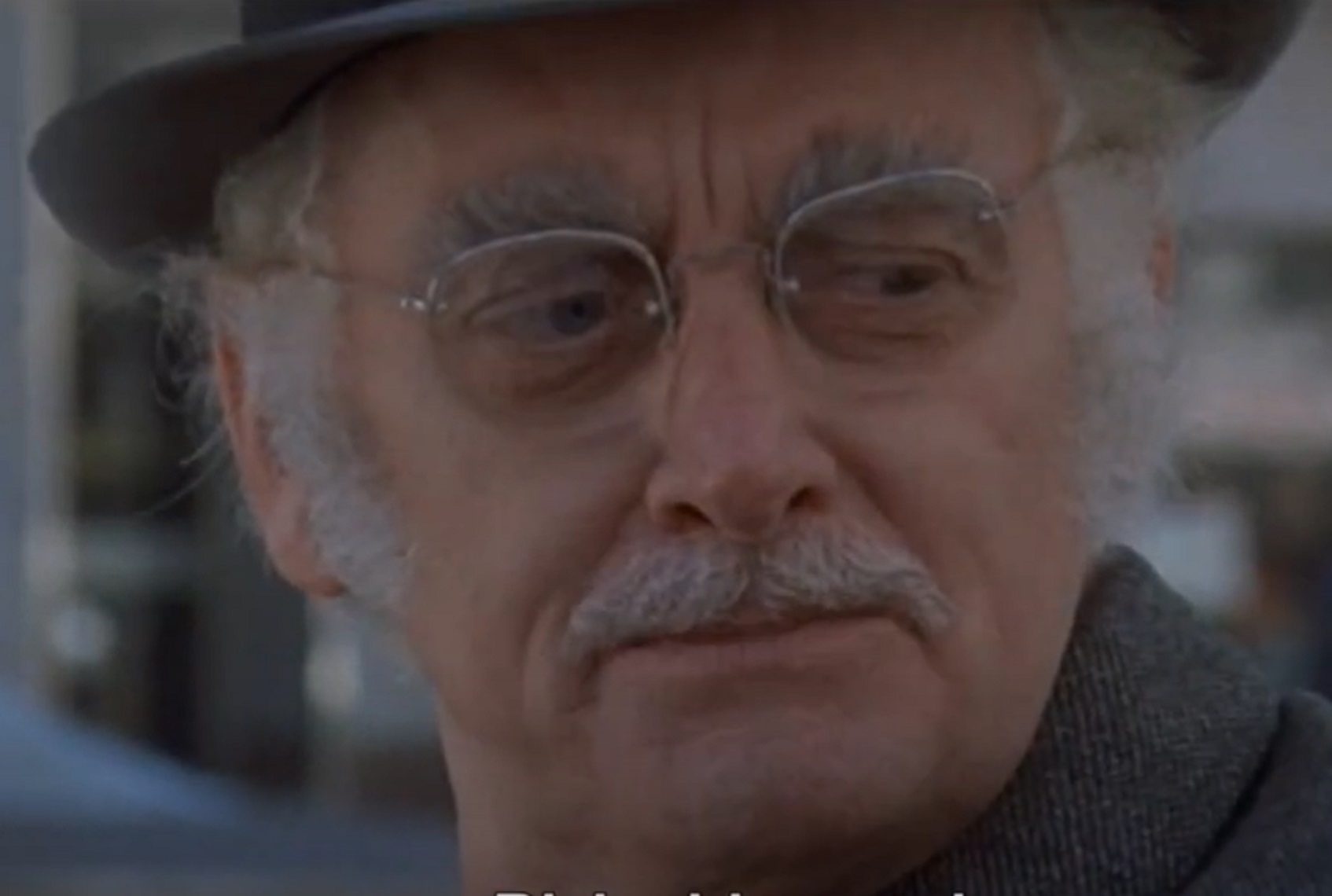 Twentieth Century Fox, Harry and Tonto(1974)
Twentieth Century Fox, Harry and Tonto(1974)
8. He Was Fooling The Nation
One of Carney’s first and best impersonations had always been President Franklin Delano Roosevelt. He was so good at it that, upon hearing him on Report on the Nation, the White House Press Secretary wrote the show’s producers with a chilling demand.
They asked Carney to cease and desist, saying “...we don’t want people to think the President is going on your show.” 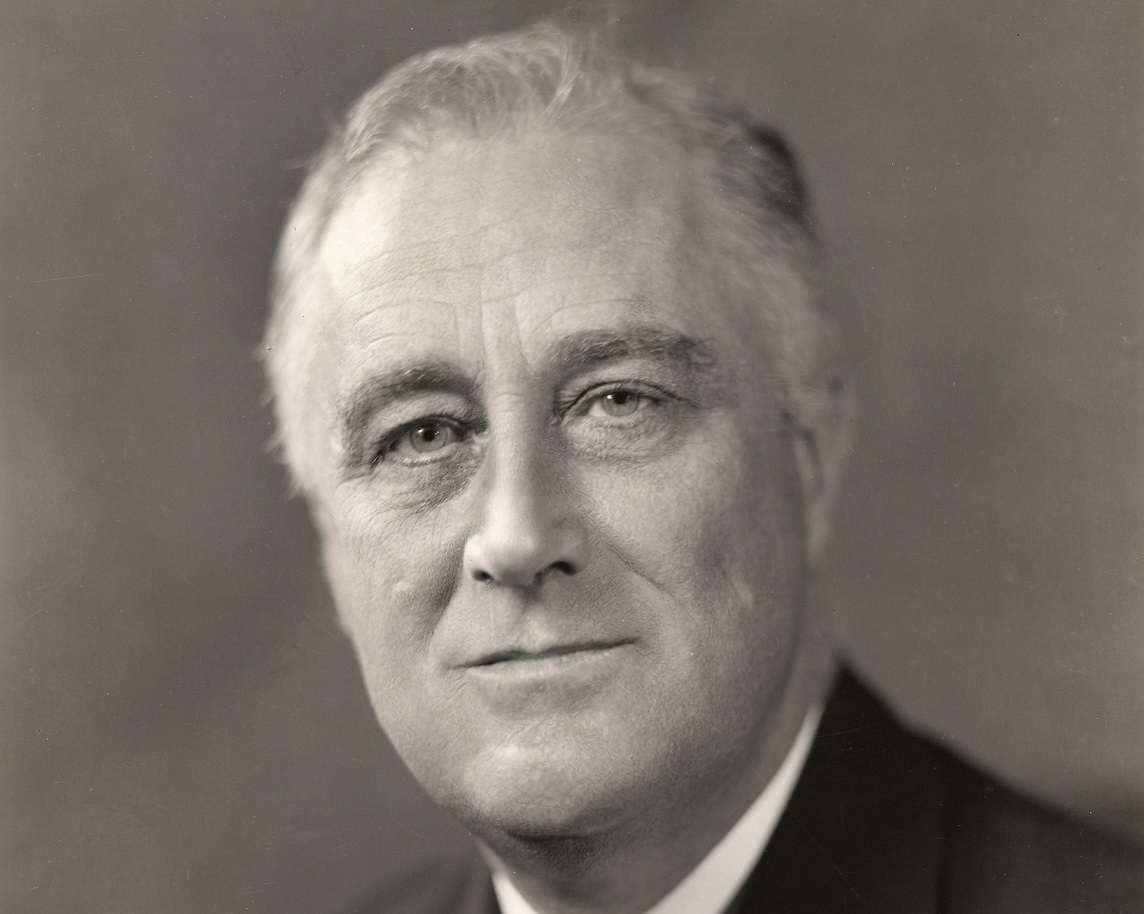 FDR Presidential Library & Museum , Flickr
FDR Presidential Library & Museum , Flickr
9. He Was Drafted
In radio, Carney seemed to have found his niche, appearing in dozens of soap operas, comedies, dramas and children’s shows. He seemed poised for stardom when, in 1944, WWII put his career on pause. In fact, thanks to a German mortar shell, it almost canceled it completely.
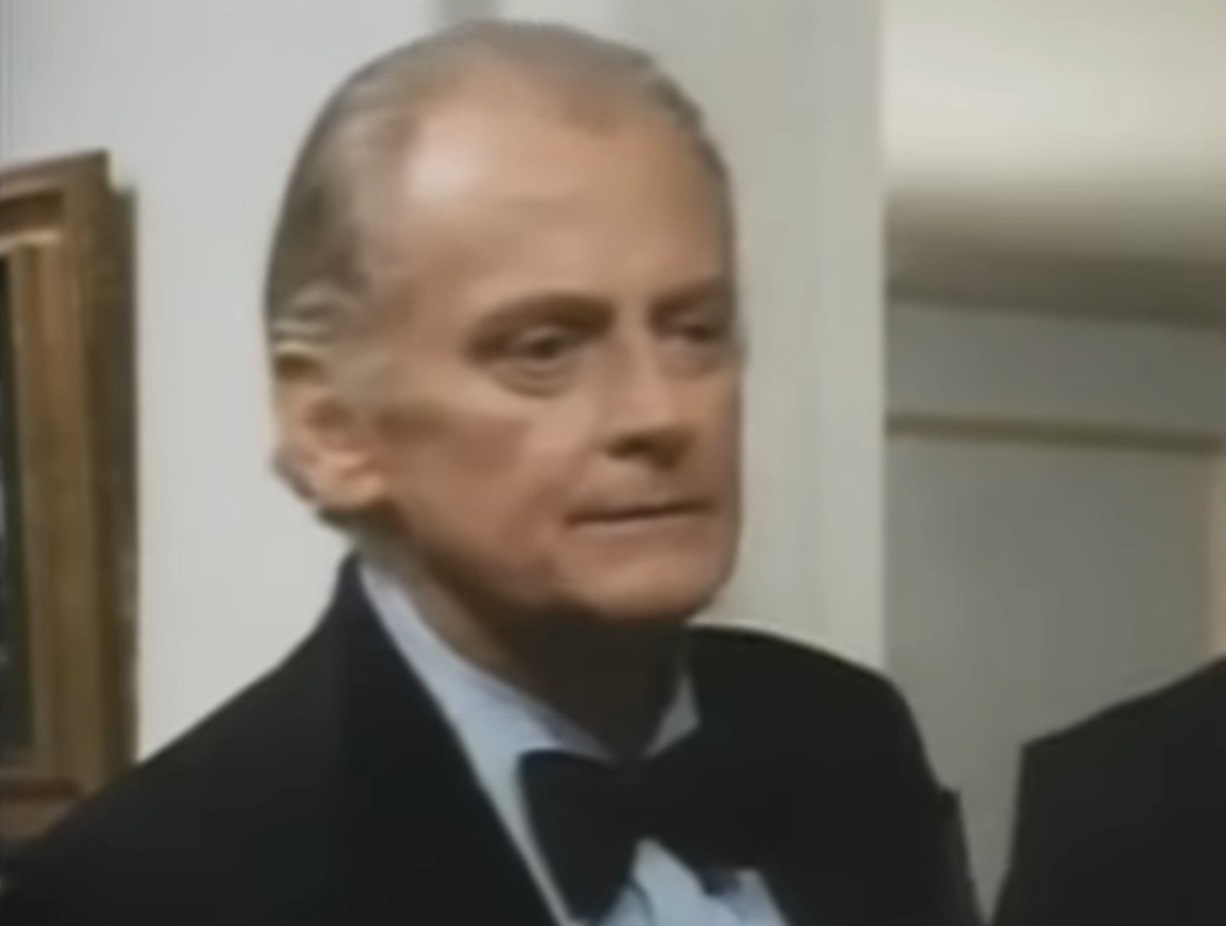 The Jozak Company, Katherine (1975)
The Jozak Company, Katherine (1975)

History's most fascinating stories and darkest secrets, delivered to your inbox daily.
10. He Got An Unwelcome Anniversary Present
Arriving in France two months after D-Day, Art Carney’s stint in the forces was quickly cut short. In the town of St Lo, he had just finished setting up his equipment and was reaching for a canteen of water when a German mortar shell exploded within feet of his position.
It was on the day of his fourth wedding anniversary. And quite possibly his last.
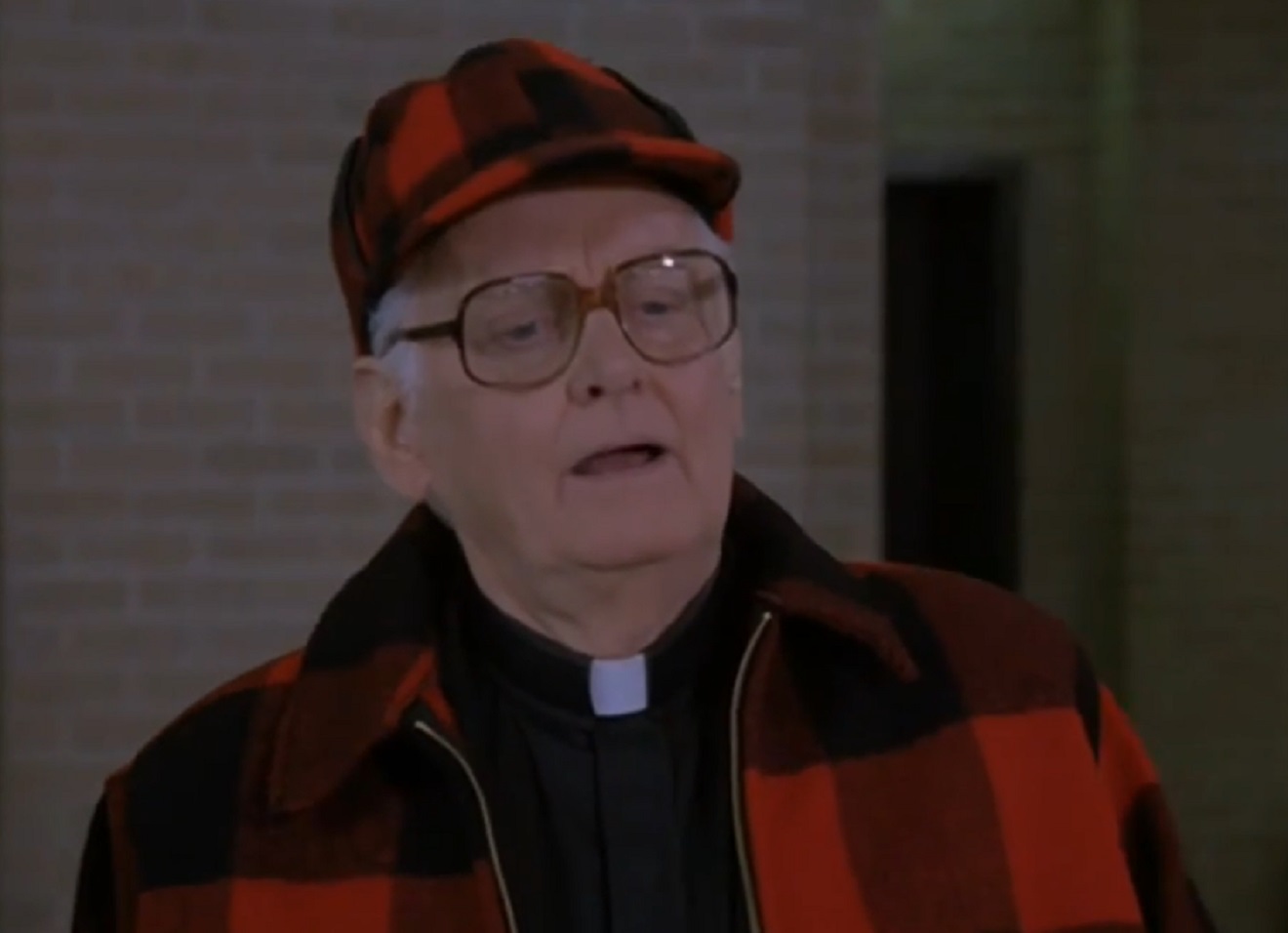 Columbia Pictures, Miracle of the Heart: A Boys Town Story (1986)
Columbia Pictures, Miracle of the Heart: A Boys Town Story (1986)
11. He Never Fired A Shot
The exploding shell sent shrapnel ripping through his right thigh, ending his military career almost before it had begun. The injured Private Carney spent close to a year in hospitals overseas and the United States.
He was awarded the Purple Heart and shipped home with a permanent limp—and wondering if his career was over.
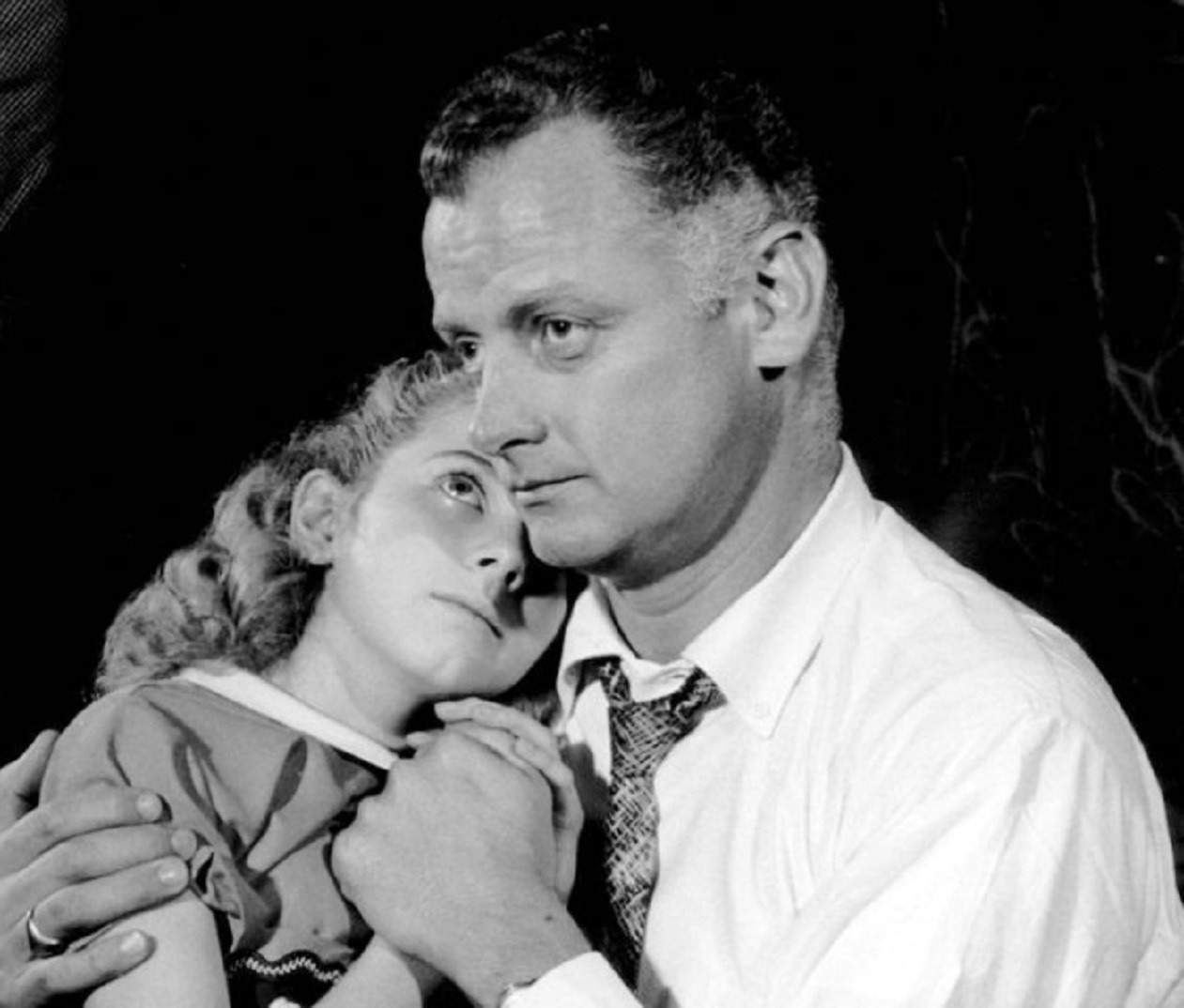 Friedman-Abeles, Wikimedia Commons
Friedman-Abeles, Wikimedia Commons
12. He Never Limped On The Radio
Art Carney returned to radio work, now with one leg three-quarters of an inch shorter than the other and a noticeable limp that very often gave him pain. But, because it was radio, no one really noticed. Two things were happening though that would impact the comedian's life greatly and in short order—the advent of television, and his ever-increasing addiction.
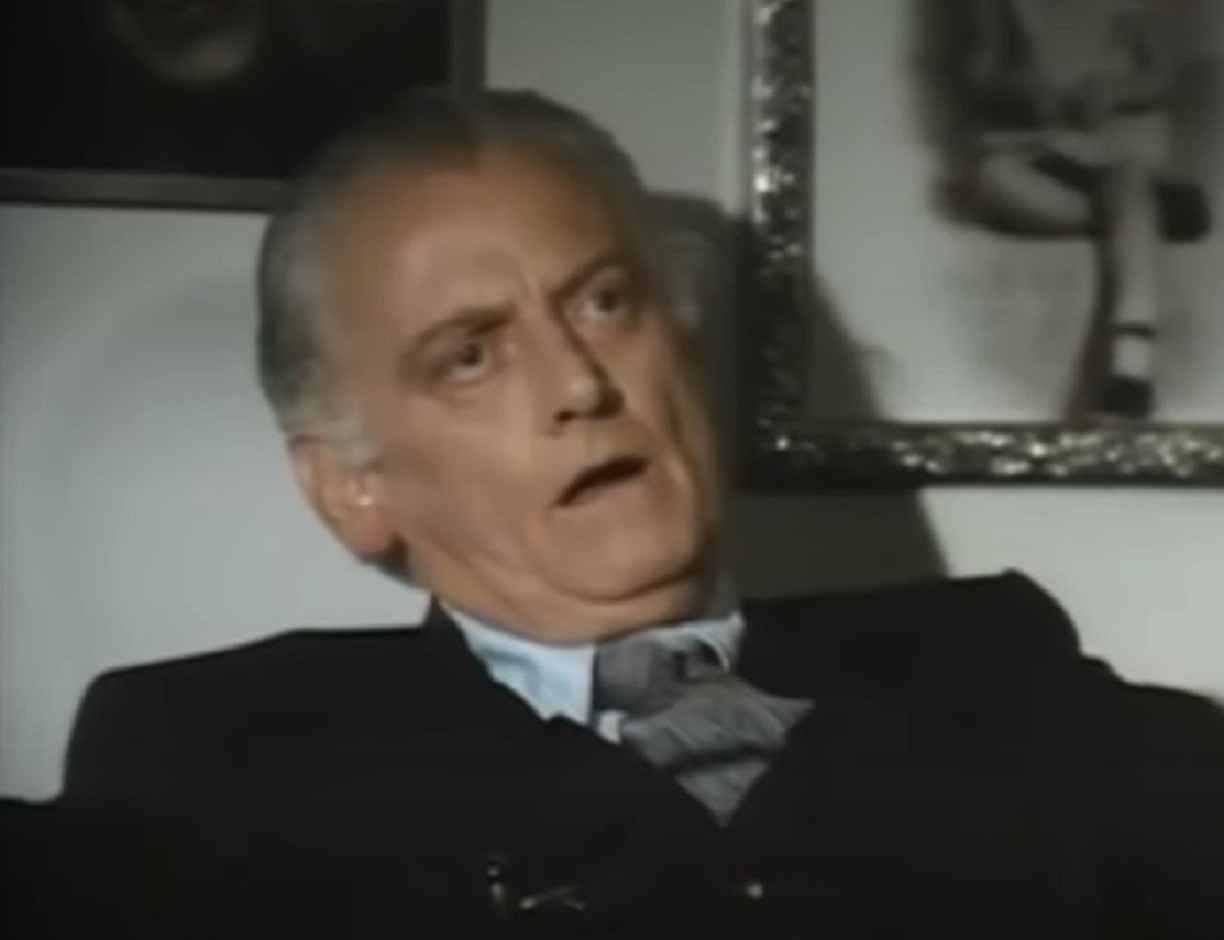 The Jozak Company, Katherine (1975)
The Jozak Company, Katherine (1975)
13. He Became The First Choice For Second Banana
For the next few years, Art Carney made a name for himself as a reliable, hilarious foil for many of the biggest names in radio comedy. Stars like Milton Berle, Bert Lahr, Fred Allen, and Morey Amsterdam all regularly employed him on their programs. When Amsterdam made the move to television he brought Carney along with him.
The question now became, would television viewers embrace a limping second banana?
14. He Stole The Show
Art Carney needn’t have worried about the public finding him watchable. His comic genius and remarkably intuitive timing soon had viewers in stitches. His ‘Newton the Waiter’ character on The Morey Amsterdam Show, rapidly became a fan favorite, even upstaging Amsterdam himself. And, with the use of a couple of stage tricks, nobody even knew about the limp.
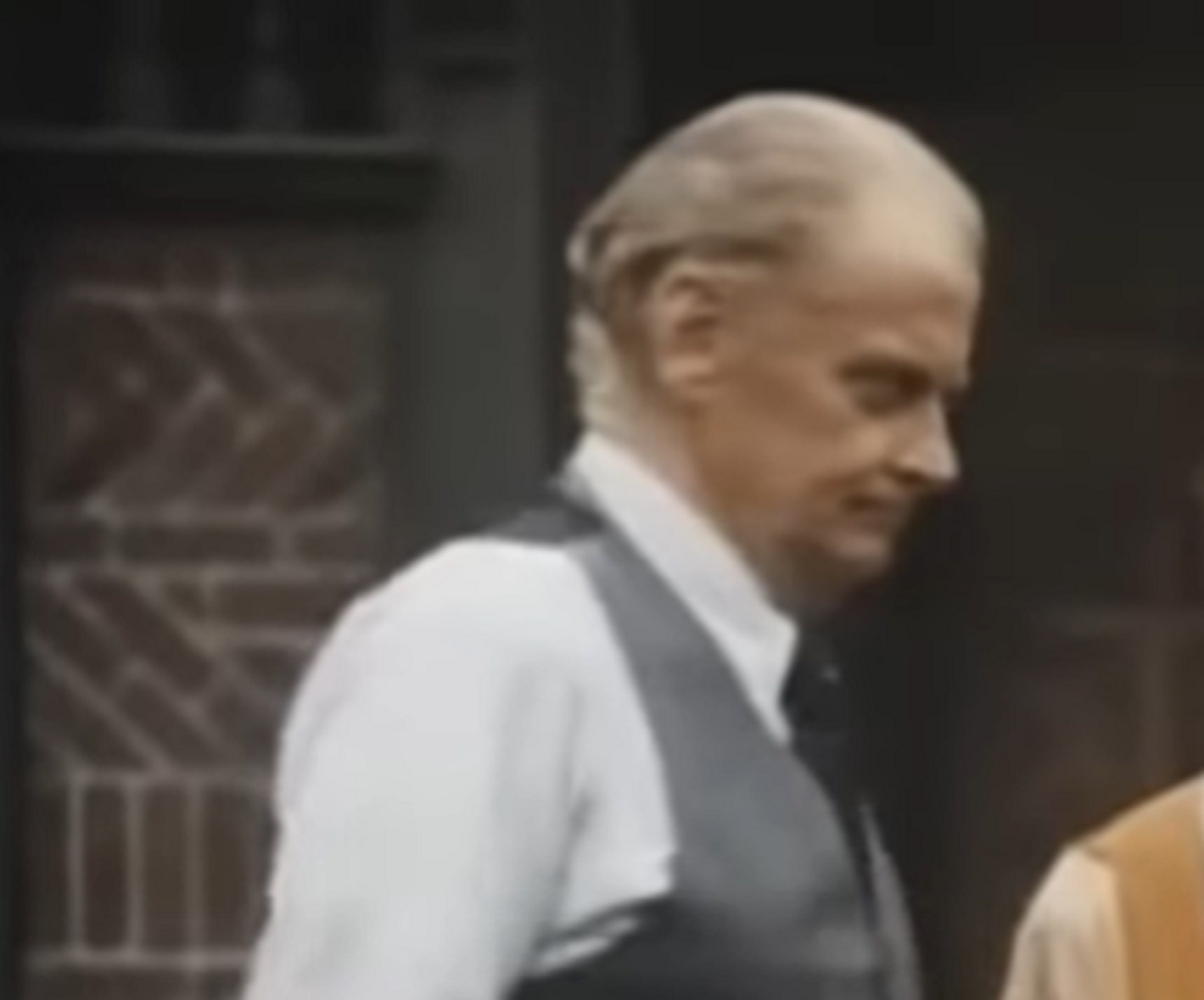 The Jozak Company, Katherine (1975)
The Jozak Company, Katherine (1975)
15. He Hid His Affliction
To hide the limp, Art Carney came up with an ingenious plan. It employed a little mechanical know-how and a lot of artistic savvy. He had special shoes made that leveled out his gait and he developed funny, rhythmic ways for his oddball characters to walk and even dance.
The result was a superbly funny physical style of comedy that started to gain a great deal of attention from some very important players, including Jackie Gleason.
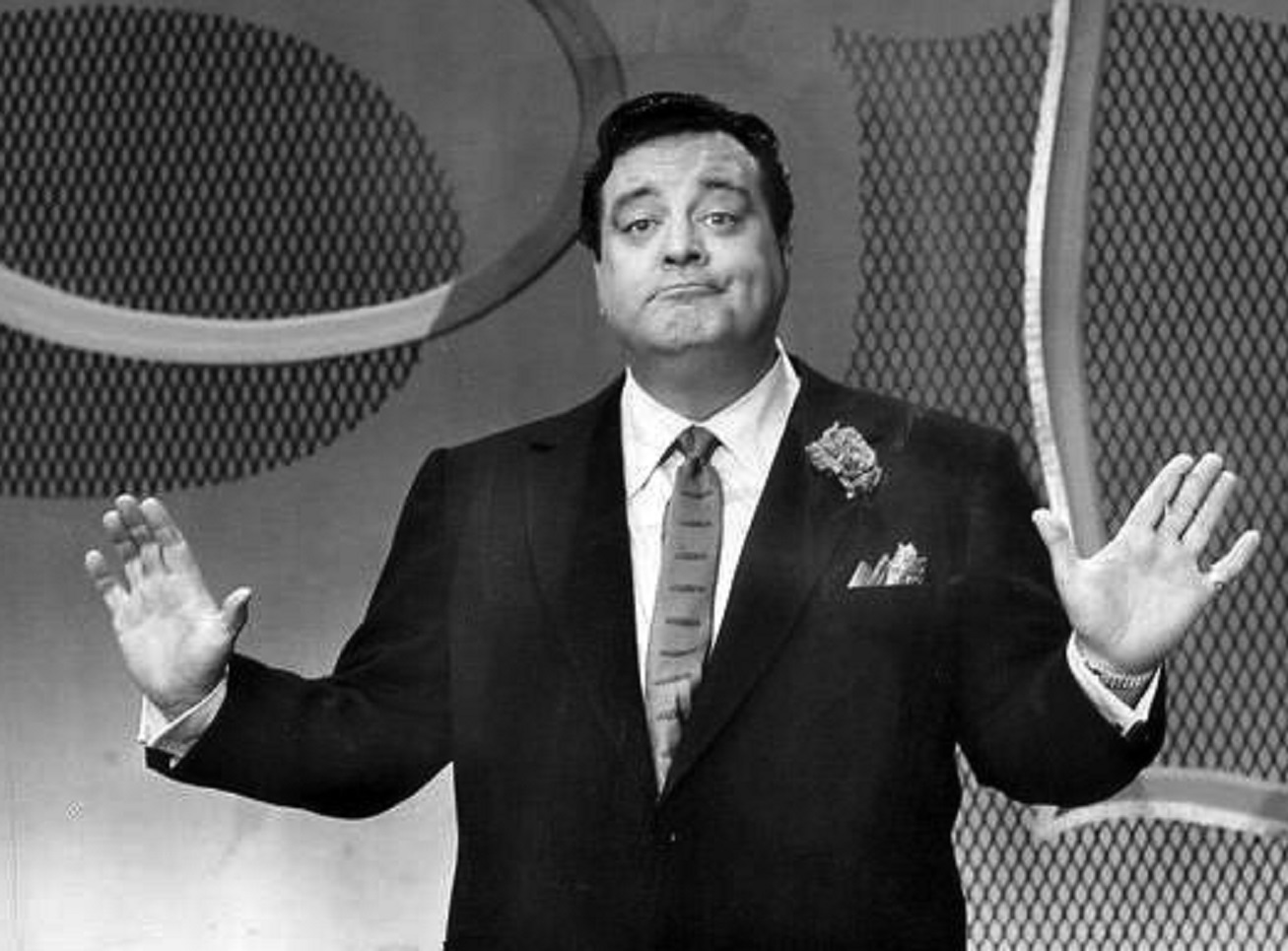 CBS Television, Wikimedia Commons
CBS Television, Wikimedia Commons
16. He Was Recommended To The Great One
The Dumont Television Network not only produced The Morey Amsterdam Show but also a popular comedy/variety show called Cavalcade of Stars, hosted by nightclub comic Jackie Gleason. When a couple of radio writers recommended Carney to guest star with Gleason in a sketch, Carney was stunned.
He was convinced that Gleason didn’t even know who he was—but that would all change very shortly.
 CBS Television, Wikimedia Commons
CBS Television, Wikimedia Commons
17. He Had An Instant Chemistry With Gleason
In their first appearance together, Carney and Gleason, playing a photographer trying to take an inebriated party boy’s portrait, had instant chemistry. The two would continue working together throughout that first season, with Carney easily stepping into various roles.
And then, in 1951, a sketch entitled The Honeymooners appeared. And the second banana was suddenly a huge star.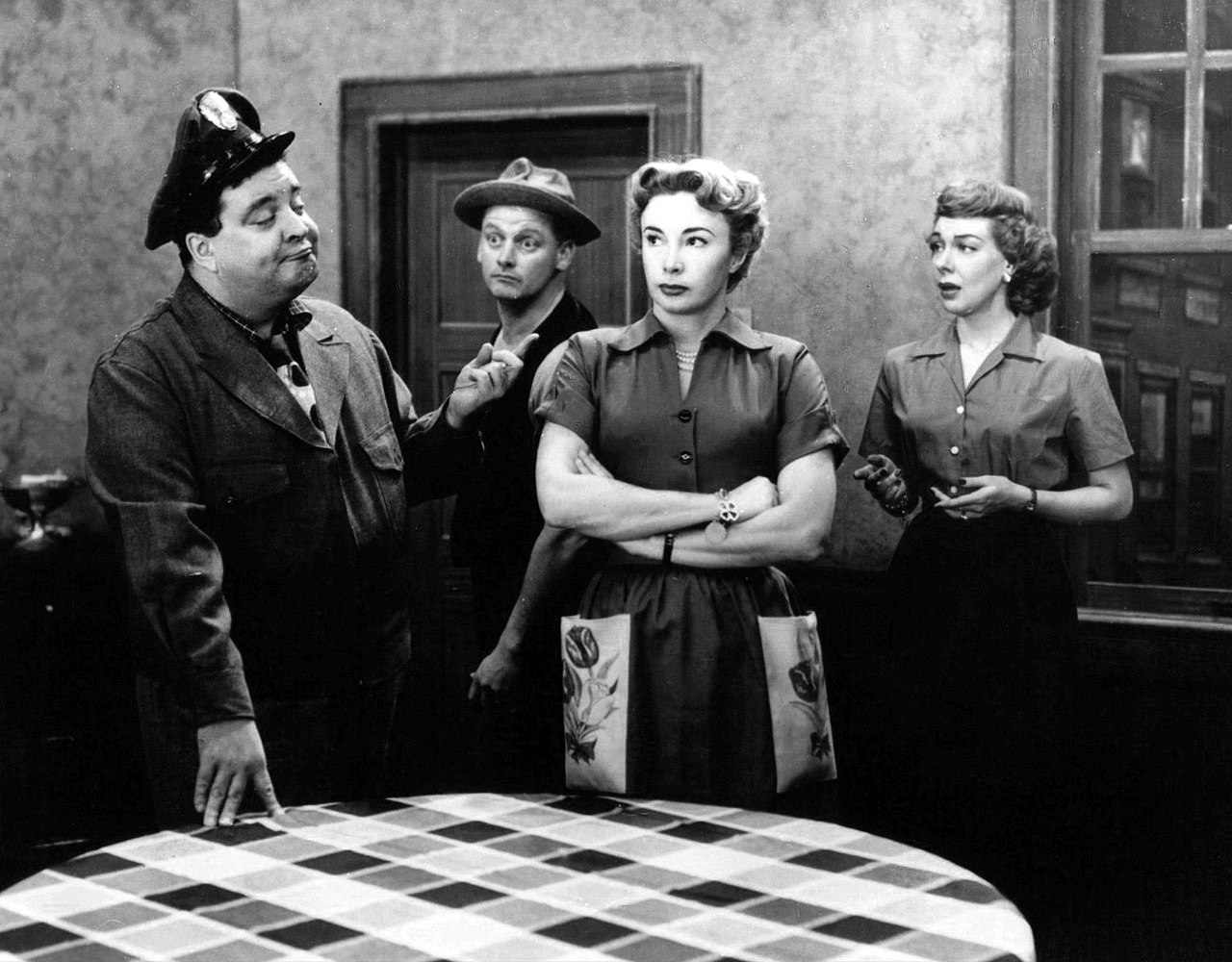 CBS Television, Wikimedia Commons
CBS Television, Wikimedia Commons
18. His Character Was Possibly Too Funny
Carneys' loveable, loose-limbed, sewer-worker “Ed Norton” became the hit of the show. All he had to do was enter a scene, in his goofy way, and audiences howled with laughter. His popularity was going through the roof. But so too was the jealousy of his co-star.
It was rumored that Gleason forbade Carney from making solo entrances during the live show because of the audience's raucous applause when he did so.
 Columbia Pictures, Miracle of the Heart: A Boys Town Story (1986)
Columbia Pictures, Miracle of the Heart: A Boys Town Story (1986)
19. He Used His Own Hat
Art Carney was rarely seen on The Honeymooners without some kind of headgear. Either his goofy Loyal Order of Raccoons hat or, more commonly, a beaten up old pork pie hat. The latter actually came from Carney’s own closet. He purchased the hat for five dollars in high school and hung onto it for years, eventually finding a final resting place for it on top of Ed Norton’s head.
It paid for itself many times over.
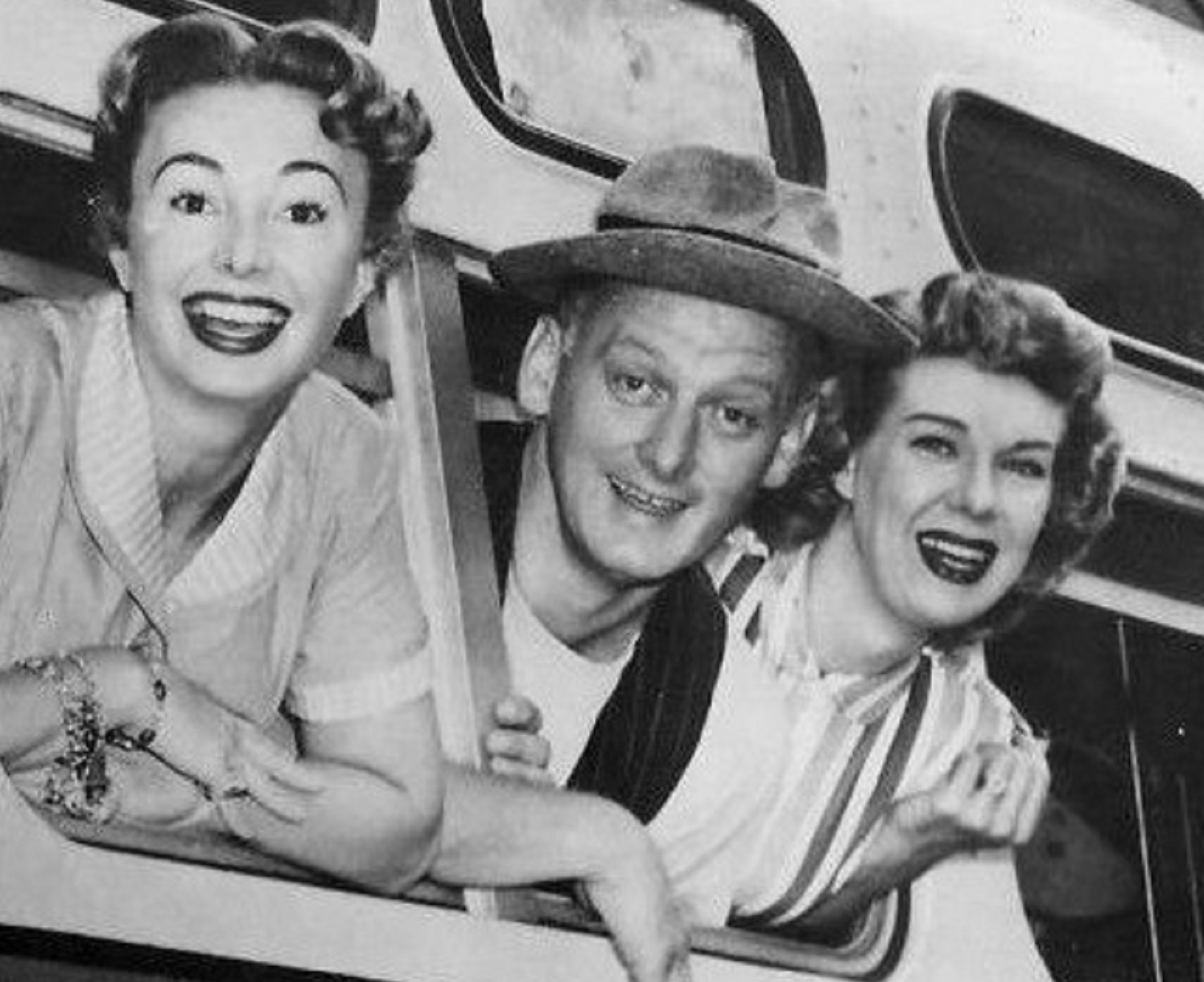 CBS Television, Wikimedia Commons
CBS Television, Wikimedia Commons
20. He Imitated His Own Father
Another piece of iconic comedy history, courtesy of Ed Norton, actually came from Carney’s upbringing. Whenever Norton would sit down to sign something, he spent a ridiculously long period of time waving his arms back and forth before finally putting pen to paper. The routine, Carney said later, was actually an imitation of his father whenever he had to sign one of Carney’s school report cards.
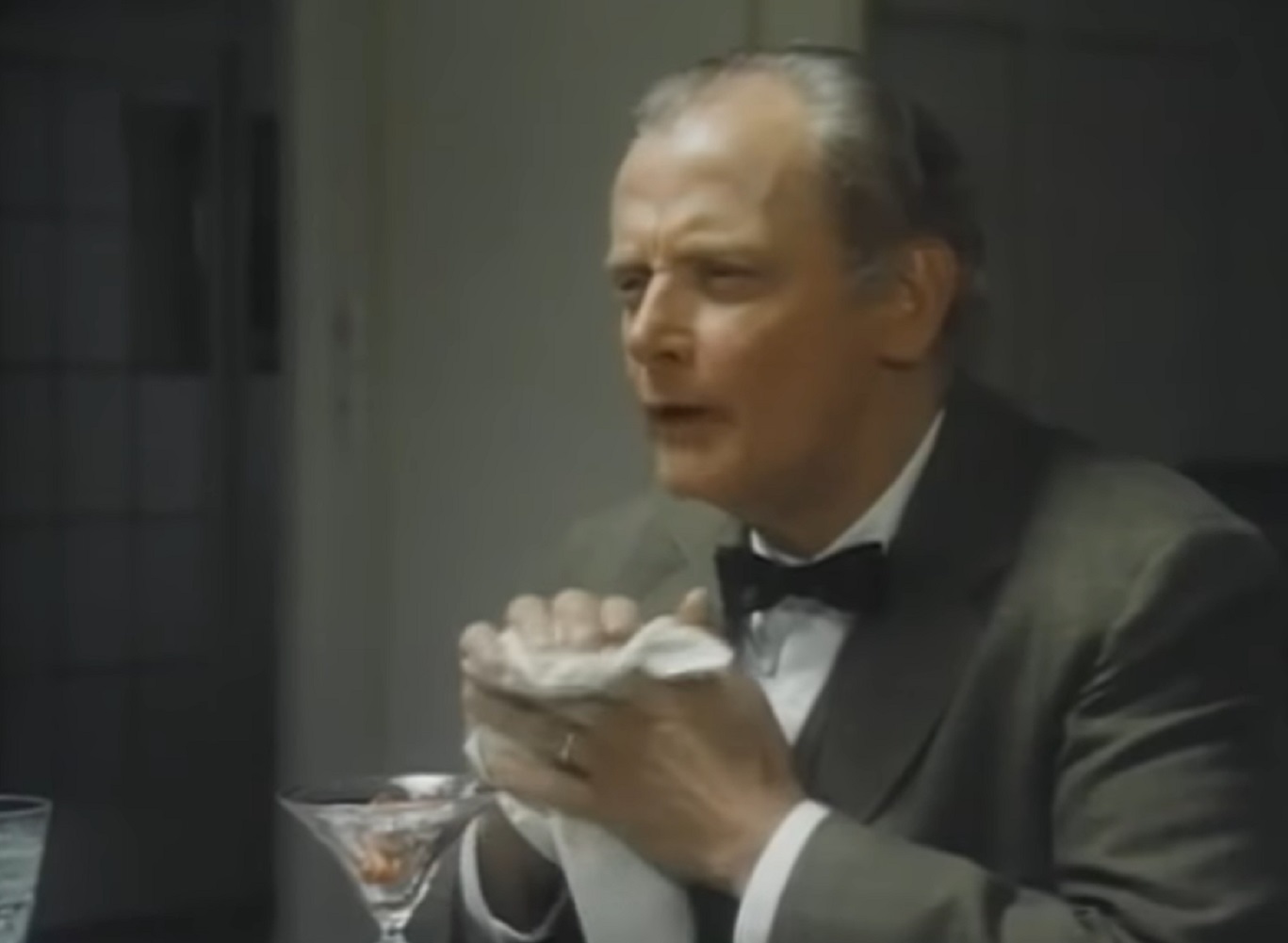 The Jozak Company, Katherine (1975)
The Jozak Company, Katherine (1975)
21. His Fat Jokes Irritated Jackie Gleason
Jackie Gleason was a big man and, at least once per episode, Art Carney’s character Norton would bring the house down with an often improvised fat joke at the star’s expense. Audiences loved it, but Gleason began to take it personally.
Before long it was one more thorn in the progressively rocky relationship between the two actors.
 ABC Television, Wikimedia Commons
ABC Television, Wikimedia Commons
22. He Loved To Rehearse
Gleason himself admitted that Carney had “...exquisite timing and the best body language in the world.” But those talents were developed through intense rehearsing and re-rehearsing. Carney was known to be a brooding, driven perfectionist. Gleason, on the other hand, eschewed rehearsals for a more ‘live’ feel to the show.
This caused yet another rift between the two actors.
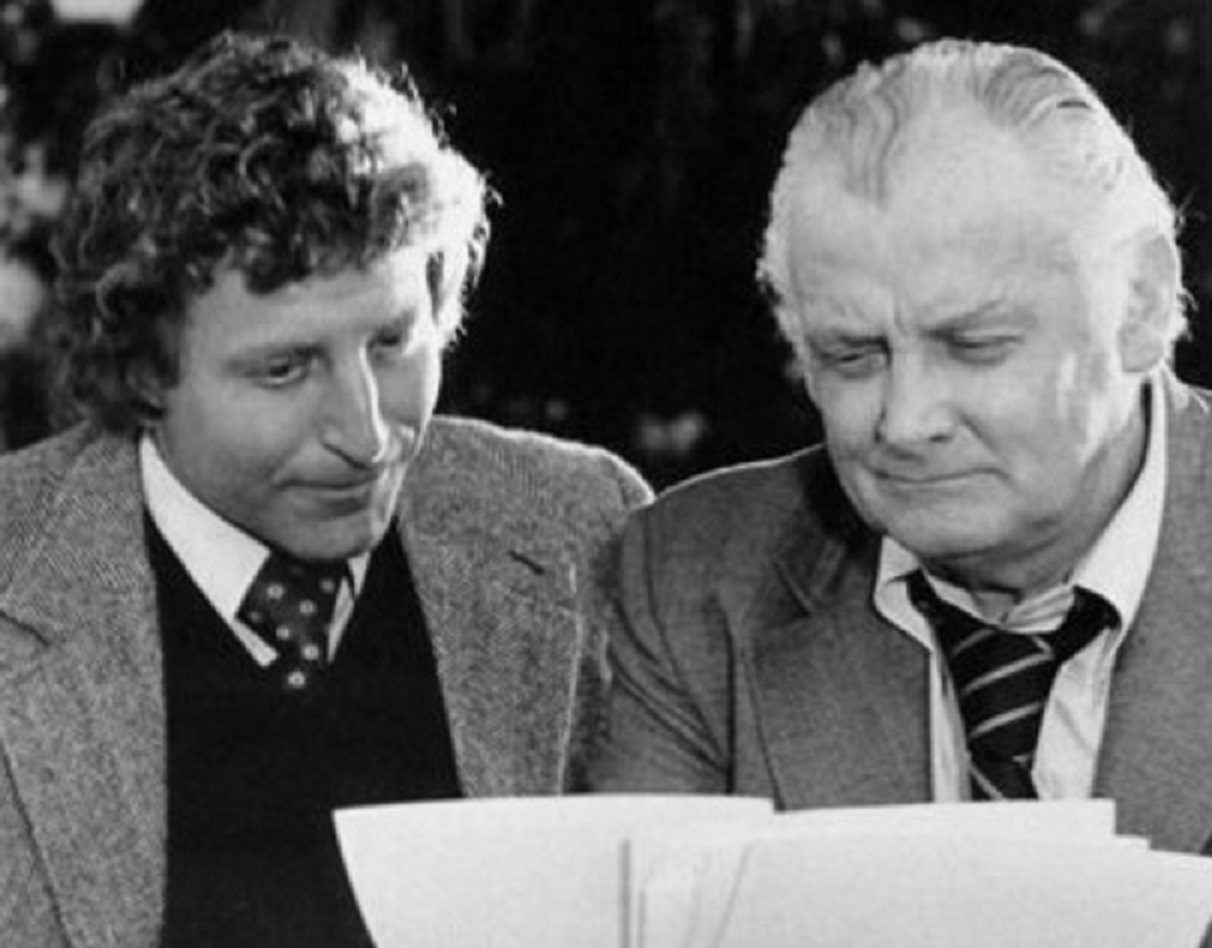 NBC Television, Wikimedia Commons
NBC Television, Wikimedia Commons
23. He Took Home Some Emmys
From 1954 to 1956, Art Carney was awarded three Best Supporting Actor Emmys for his work on The Honeymooners. Gleason, although nominated, never won. And although the two men worked brilliantly together on screen, this had a chilling effect on them. They were not close and perhaps not even friends.
It was no surprise then that after the cancellation of The Honeymooners, the two would not work together again for close to three decades.
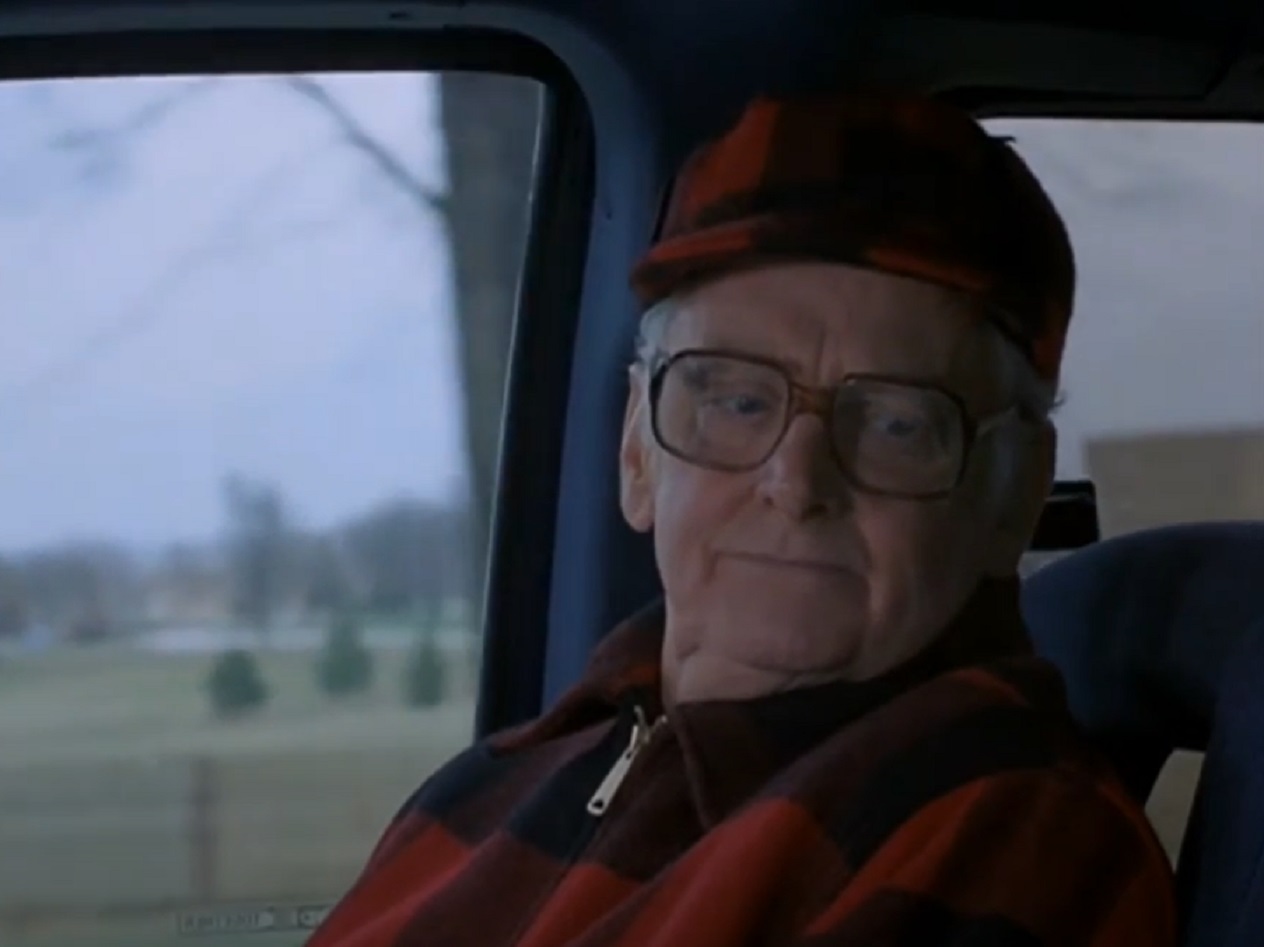 Columbia Pictures, Miracle of the Heart: A Boys Town Story (1986)
Columbia Pictures, Miracle of the Heart: A Boys Town Story (1986)
24. He Continued To Work…And Drink
With the cancellation of The Honeymooners, Art Carney picked up sporadic television and theater work. He was an Emmy-winning star but he was also still drinking heavily as well as using barbiturates and amphetamines to get through his days. The narcotics and booze were taking their toll on his body and his home life as well.
It wasn’t long before everything came crashing down around him.
 Columbia Pictures, Miracle of the Heart: A Boys Town Story (1986)
Columbia Pictures, Miracle of the Heart: A Boys Town Story (1986)
25. His Marriage Imploded
In 1940, Carney married his high school sweetheart, Jean Myers. They had three children together and were relatively happy for the first two decades. But by the early 60s, things were beginning to seriously unravel. Carney’s drinking and drug use were out of control and it was taking its toll in his work and at home.
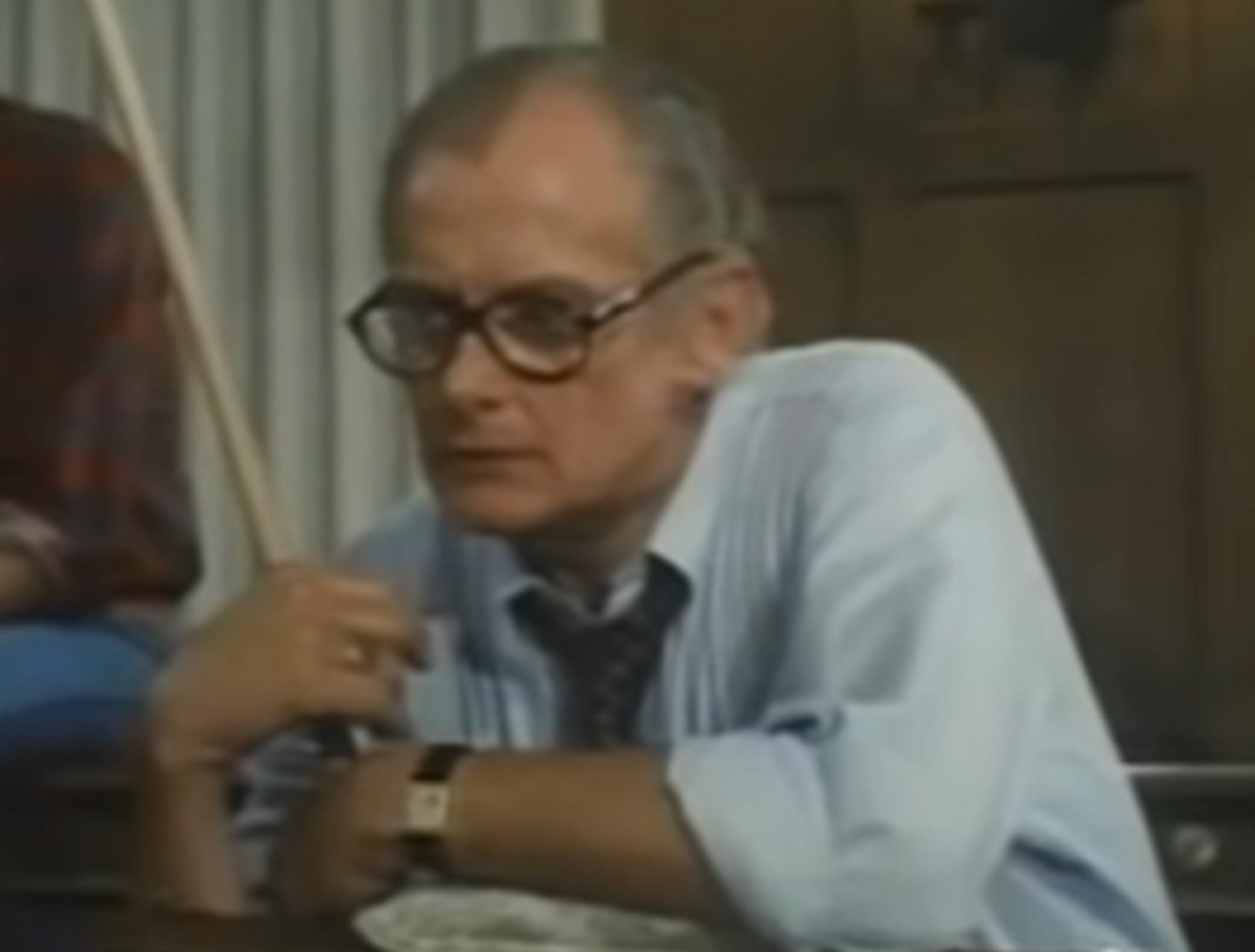 The Jozak Company, Katherine (1975)
The Jozak Company, Katherine (1975)
26. He Was The First Felix Unger
In the midst of this physical and emotional breakdown, Art Carney was cast opposite Walther Matthau in the original Broadway version of Neil Simon’s The Odd Couple. His performance was brilliant. Years later, Tony Randall stated that Carney’s was the first and best Felix.
Unfortunately, he was still desperately battling his demons of drink, pills and depression. And this time, it seemed they would win.
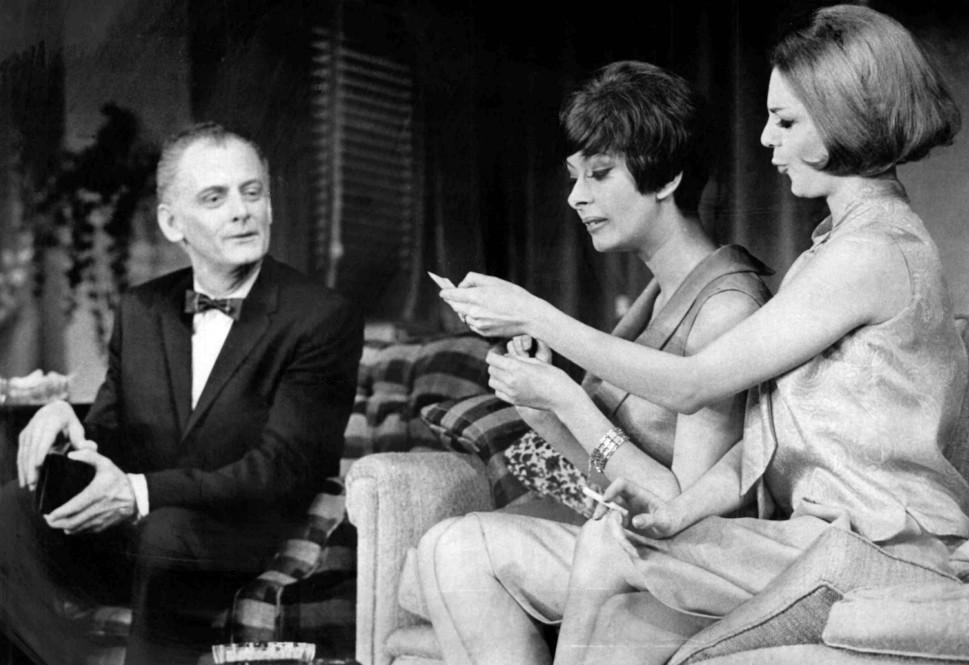 Henry Grossman, Wikimedia Commons
Henry Grossman, Wikimedia Commons
27. He Began To Act Like Felix Ungar
As the drinking and narcotics took more and more of a hold on Art Carney, his already neurotic personality began to get even stranger. Friends said that they became worried when he began stacking his pocket change on his dressing table, face up, with the largest coins on the bottom and the smallest on top. Was this just method acting or the beginning of serious mental illness?
 The Jozak Company, Katherine (1975)
The Jozak Company, Katherine (1975)
28. He Leaves The Odd Couple
Seven months into the show's run, in spite of rave reviews, Carney suffered a severe mental and physical breakdown. Citing his drinking, drug use, deep bouts of depression and the dissolution of his marriage, the actor checked himself into an in-patient psychiatric center in Hartford, Connecticut.
He was 47 years old and it seemed like his career and possibly his life were coming to an end.
 Twentieth Century Fox, Harry and Tonto(1974)
Twentieth Century Fox, Harry and Tonto(1974)
29. He Was Passed Over For The Film Role
Years later, a feature film version of The Odd Couple was produced. Carney, whose stage performance of Felix Unger had been masterful, was not even considered for the role. Instead, Jack Lemmon, a close friend of Walter Matthau’s, was hired.
Although Lemmon was purportedly signed because he was a larger box office draw, Carney would forever wonder if his drinking and consequent breakdown had been the reason for the snub.
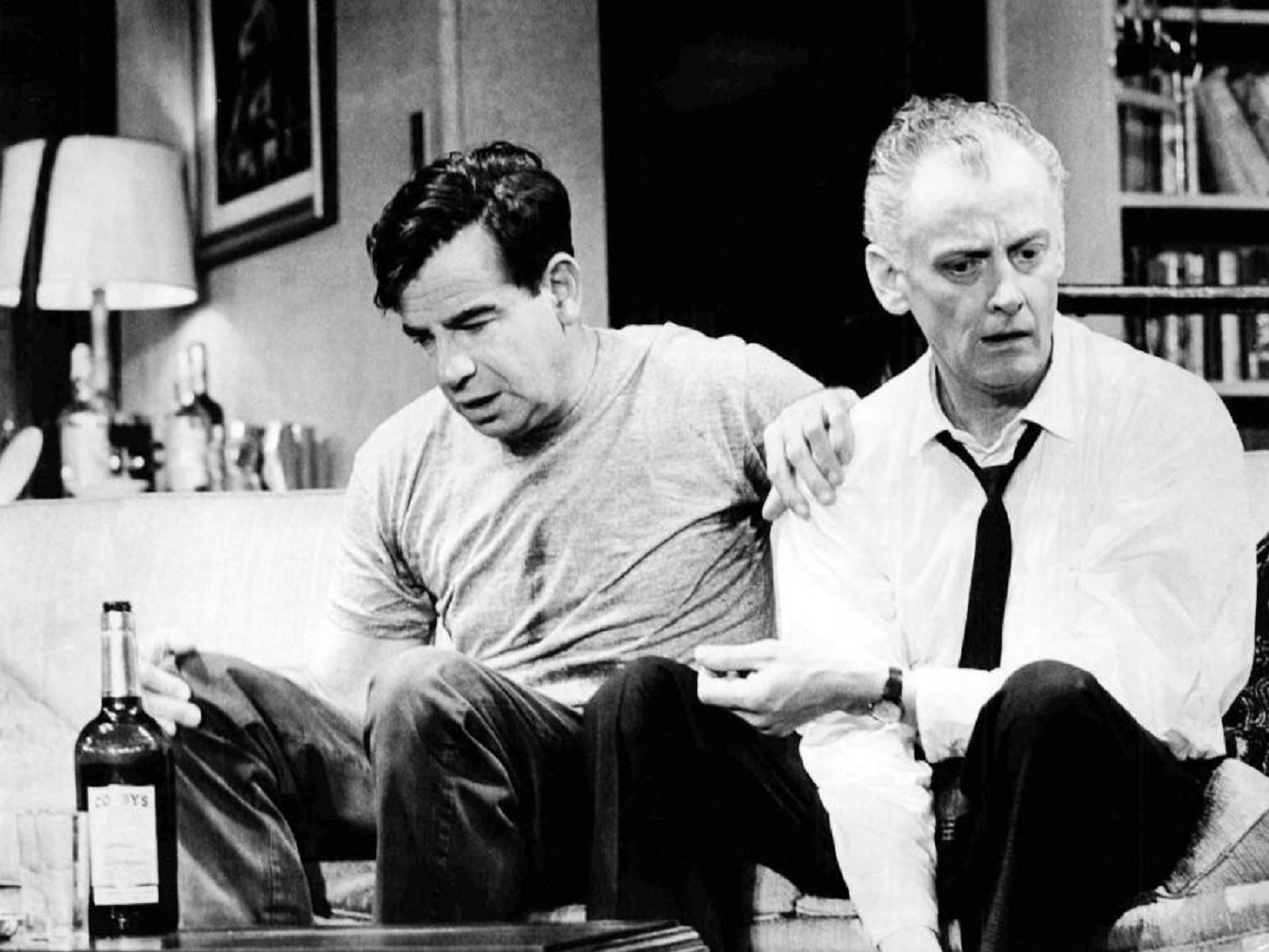 Henry Grossman, Wikimedia Commons
Henry Grossman, Wikimedia Commons
30. He Was Saved By Ed Norton
After nearly six months in the sanitarium, Carney said he believed that his life and his career were finally rescued by, of all people, Ed Norton. Jackie Gleason called him and asked him to reprise the famous character in a reboot of The Honeymooners on Jackie Gleason’s new show.
Carney had a second chance to get things right and put his life back together. But would he take it?
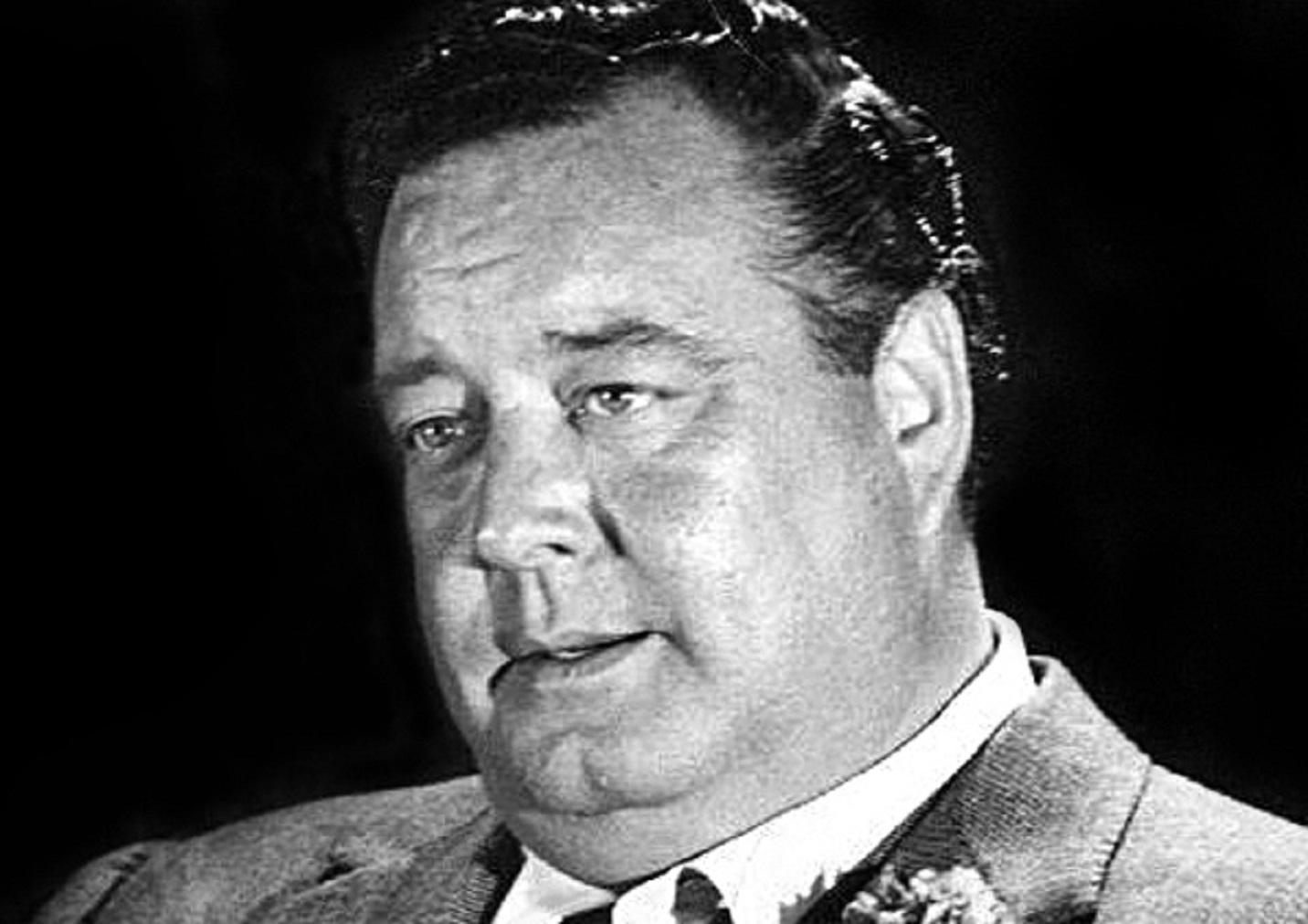 movie studio, Wikimedia Commons
movie studio, Wikimedia Commons
31. He Was Back On The Pills
The reboot of The Honeymooners was a hit, but Art Carney fell into old habits. He found himself flirting with pills once again. When filming of the first season was over, he re-admitted himself to the sanitarium.
With a new hit tv show and a brand new wife, Barbara Isaac, he hoped that this time he could kick the booze and the pills for good. He ended up being half right.
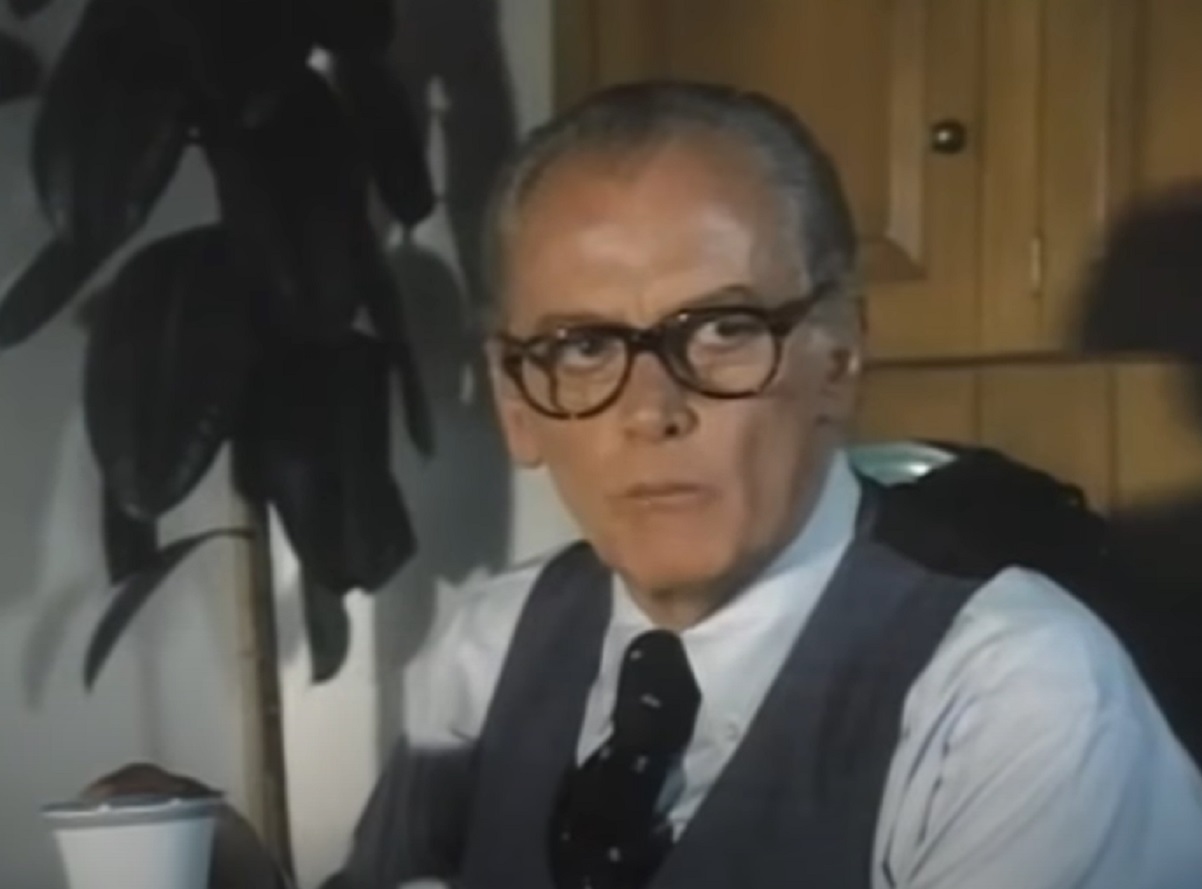 The Jozak Company, Katherine (1975)
The Jozak Company, Katherine (1975)
32. He Beat The Pills But Not The Booze
In time, Art Carney was able to finally get a handle on his drug use, but the depression and constant battle with booze continued to plague him. He tried a number of different remedies, including Alcoholics Anonymous and even psychotherapy, but nothing seemed to help.
He was only in his early 50s, but he looked decades older.
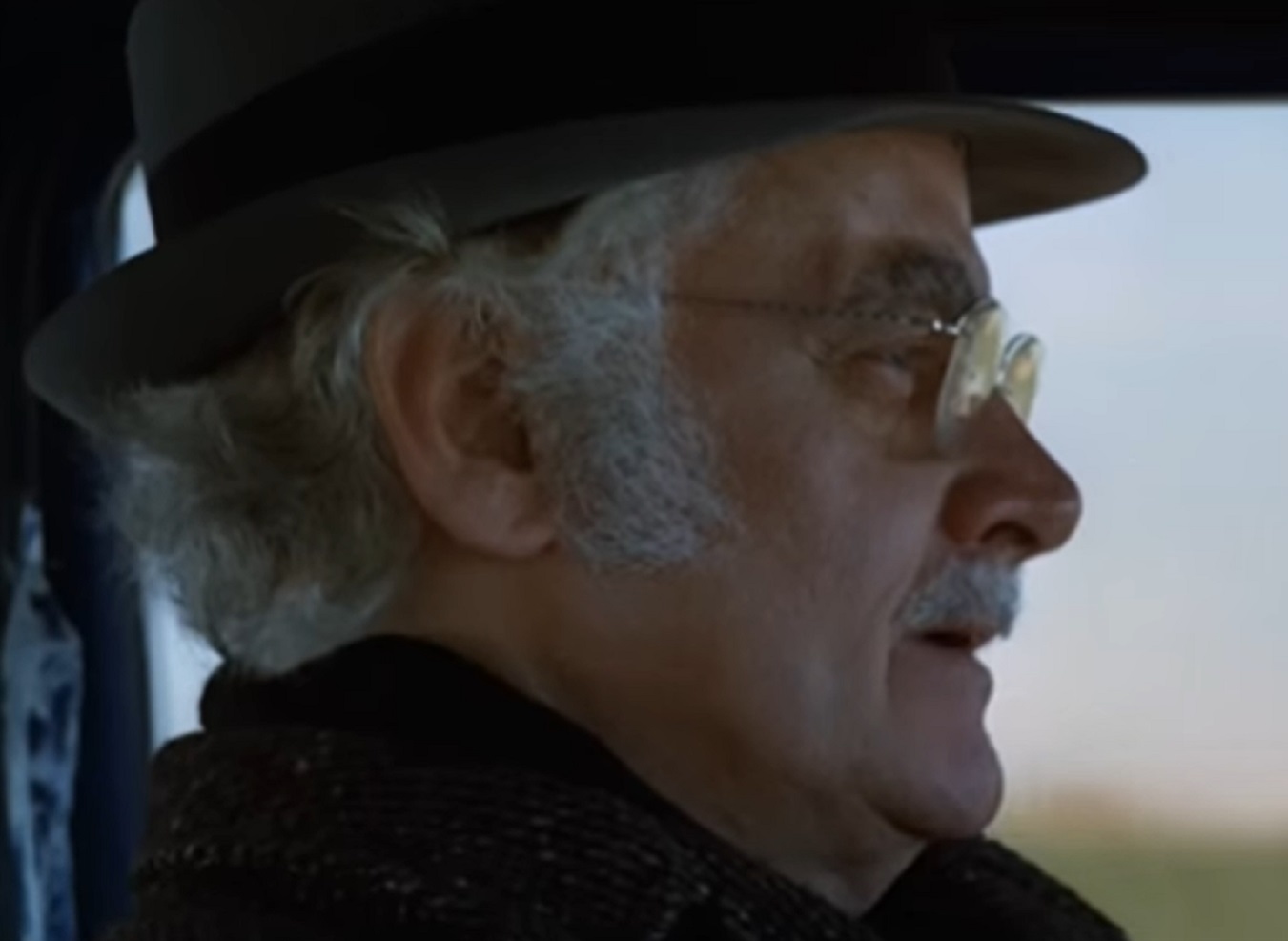 Twentieth Century Fox, Harry and Tonto(1974)
Twentieth Century Fox, Harry and Tonto(1974)
33. He Won Two More Emmys
Amazingly, in the midst of struggling with severe drinking and a narcotic addiction, Art Carney continued to do great work. The new incarnation of The Honeymooners ran for a total of four more years and earned him his fourth and fifth Emmy Awards for best Supporting Actor.
But another, even shinier, prize lay ahead of him. To claim it he would need to clean himself up once and for all.
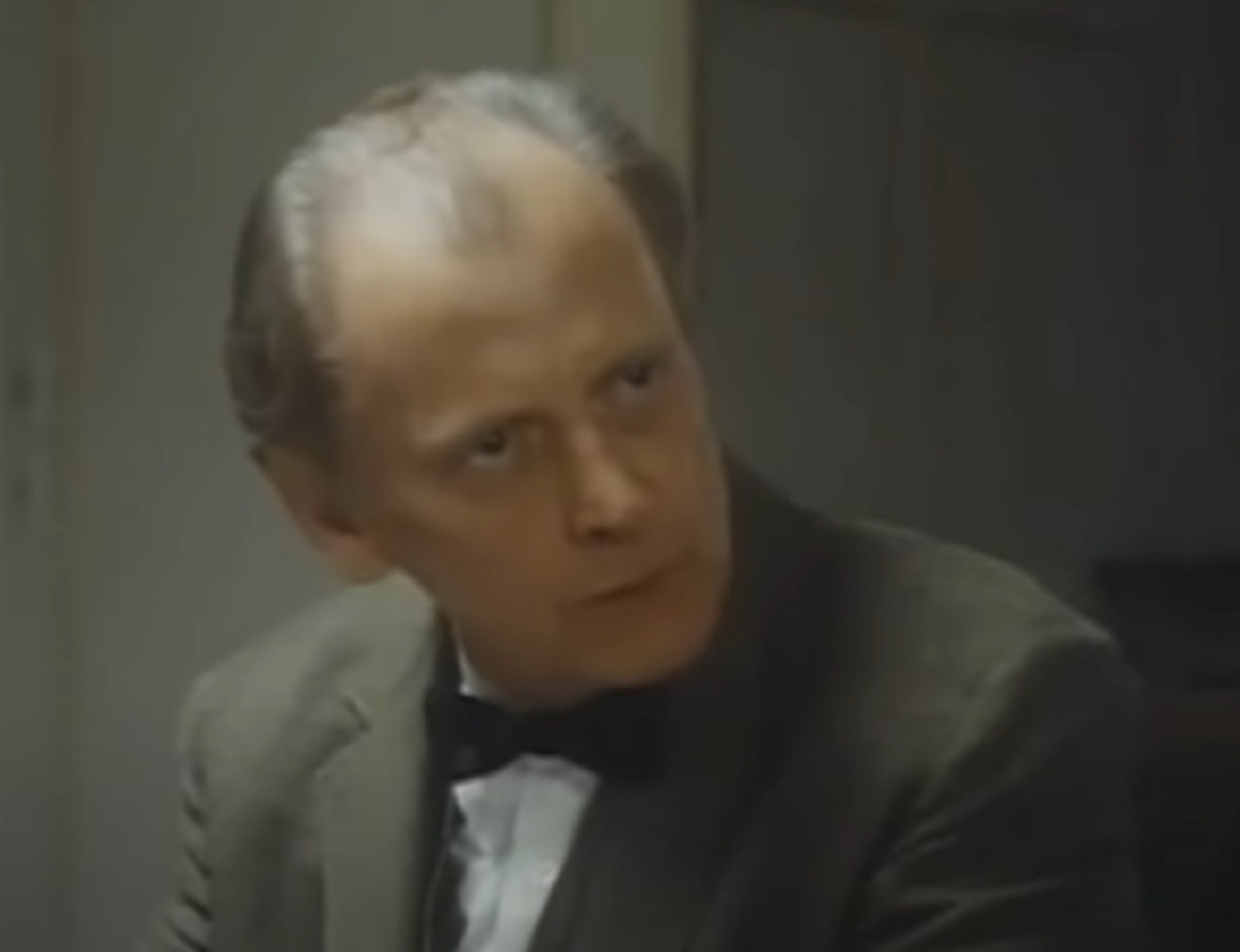 The Jozak Company, Katherine (1975)
The Jozak Company, Katherine (1975)
34. He Is Offered His First Leading Role
In 1973, writer-director Paul Mazursky approached Carney about the lead role in a film he was about to direct. Harry and Tonto was about an elderly man who is evicted from his NYC apartment and travels across the country with his pet cat. Eager as Carney was to seriously break into film work, he felt he was too young to play the 72-year-old lead character.
It would take an honest insult to make him take it.
 Twentieth Century Fox, Harry and Tonto(1974)
Twentieth Century Fox, Harry and Tonto(1974)
35. His Agent Talked Him Into It
Although he’d been a star on television and done a smattering of small, supporting, even uncredited film roles, Art Carney had never been offered the lead in a major motion picture before. When he explained his misgivings about the role to his long-time agent-manager, Bill McCaffrey, he got an unforgettably blunt reply.
McCaffrey told him: “You are old. Do it!” It turned out to be the best advice he could’ve received.
 Twentieth Century Fox, Harry and Tonto(1974)
Twentieth Century Fox, Harry and Tonto(1974)
36. He Was Old Before His Time
All Carney really needed to do was look in the mirror to realize that he was perfect for the role of Harry. The ravages of alcoholism and addiction had left him gaunt, completely gray, and balding. He already had a limp, courtesy of WWII and a hereditary hearing problem made him wear a hearing aid.
At 54, he looked like he was well into his 70s. As it turned out, audiences felt the same way.
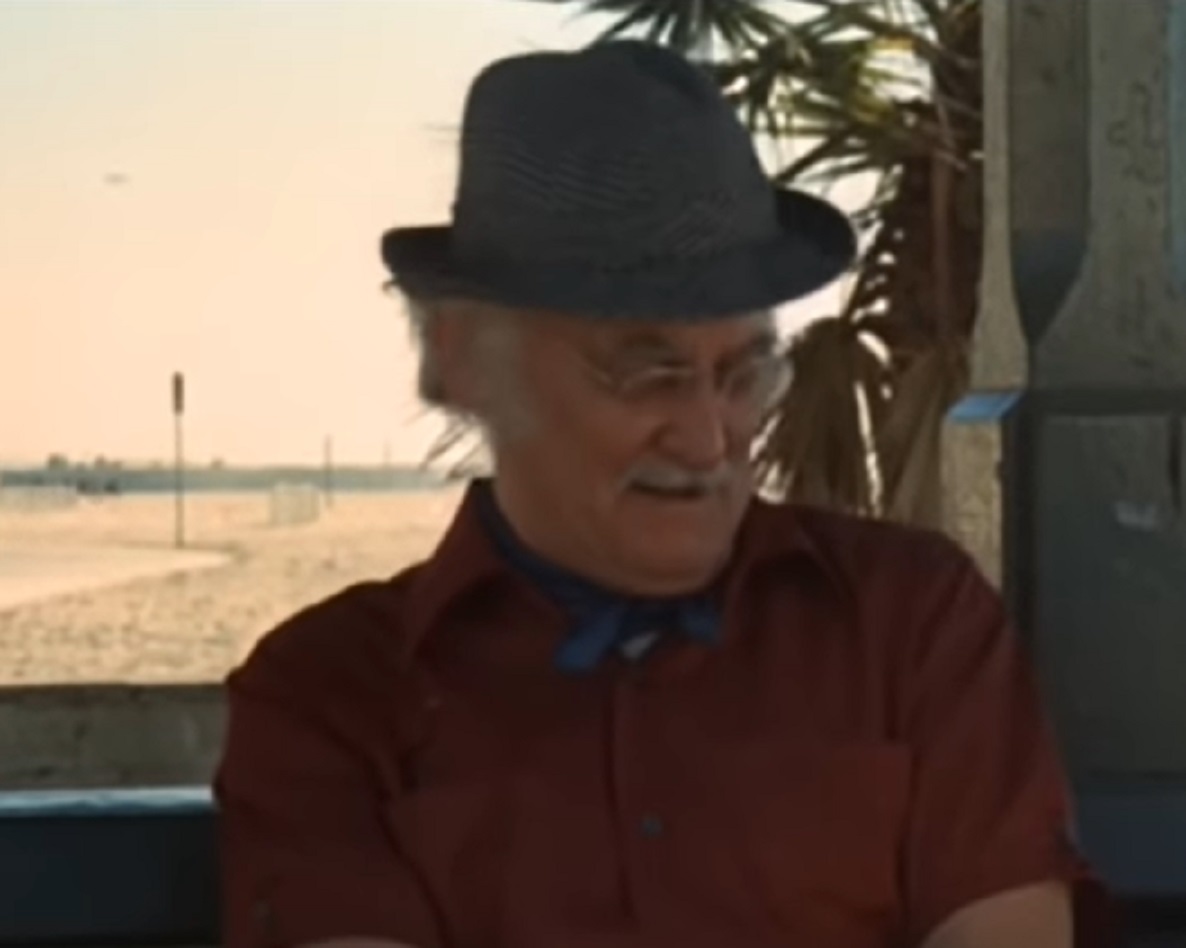 Twentieth Century Fox, Harry and Tonto (1974)
Twentieth Century Fox, Harry and Tonto (1974)
37. He Was Throwing Up Blood
Throughout this time, although clean from his drug use, Art Carney continued to drink heavily. Finally, mid-way through filming Harry and Tonto, his body had had enough. His herniated diaphragm began acting up and he was suddenly throwing up blood. That was finally enough for Carney.
With the help of a radical new form of drug treatment, he was finally able to quit for real.
 Embassy Television, A Doctor's Story (1984)
Embassy Television, A Doctor's Story (1984)
38. He Took Antabuse For The Rest Of His Life
Carney had tried for decades to stop drinking. But abstinence, AA, and psychotherapy only provided him brief respites. As he himself described his attempts to quit, “I’ve done this so many times. I used to mark it on the calendar ‘LD’, for my last drink. Then the months would go by and I’d slip.”
Finally he tried Antabuse, a drug that produces violent illness, even convulsions, if booze is consumed. It did the trick.
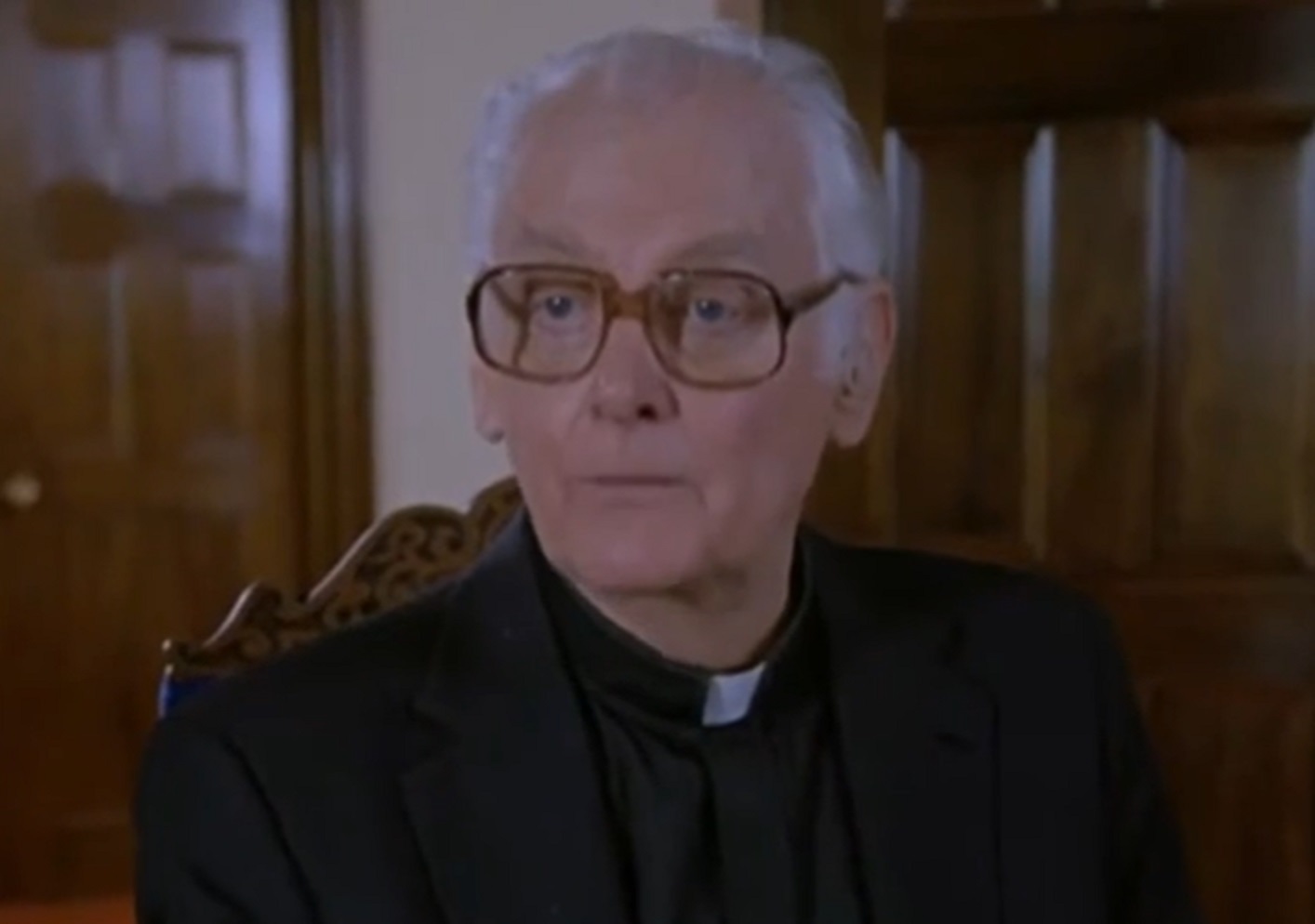 Columbia Pictures, Miracle of the Heart: A Boys Town Story (1986)
Columbia Pictures, Miracle of the Heart: A Boys Town Story (1986)
39. He Was Still Unsure About The Movie
As noted, although an Emmy-winning television star, Art Carney had done exactly two films in his career up to this point. Now here he was doing a movie with a cat as a co-star. He had misgivings—but as it turned out, all that Oscar buzz was more than just talk.
 Twentieth Century Fox, Harry and Tonto(1974)
Twentieth Century Fox, Harry and Tonto(1974)
40. He Was A Dark Horse At The Oscars
The 1974 Academy Awards celebrated some astonishingly good filmmaking and the nominees for Best Actor was a veritable Who’s Who of Hollywood. Carney, with only two film credits to his name, suddenly found himself in the company of Jack Nicholson, Albert Finney, Al Pacino, and Dustin Hoffman. He’d come a long way from Ed Norton and the sewers of New York.
But could he pull off an upset like this?
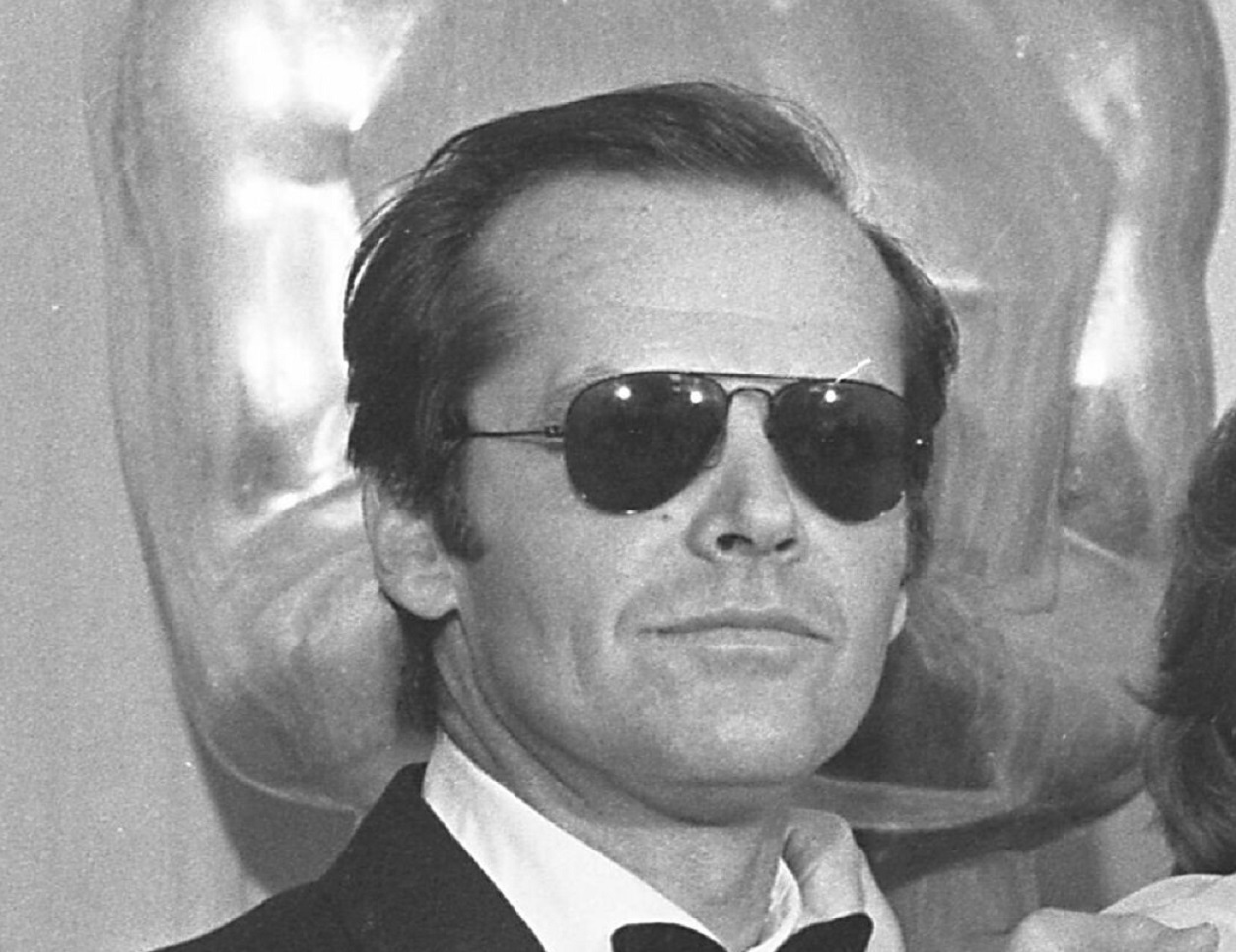 Los Angeles Times, CC BY-SA 4.0, Wikimedia Commons
Los Angeles Times, CC BY-SA 4.0, Wikimedia Commons
41. His Director Doubted He Could Win
Even Paul Mazursky, the man who had hired and directed him, felt that Carney’s chances of Oscar gold were slim. Not that he didn’t believe Carney had turned in the performance of a lifetime. As he said, “He’s a master…one of the great actors of our time. But once he played Ed Norton, it was hard to see him as something else.”
The Academy, however, had 20/20 vision when it came to his acting talent.
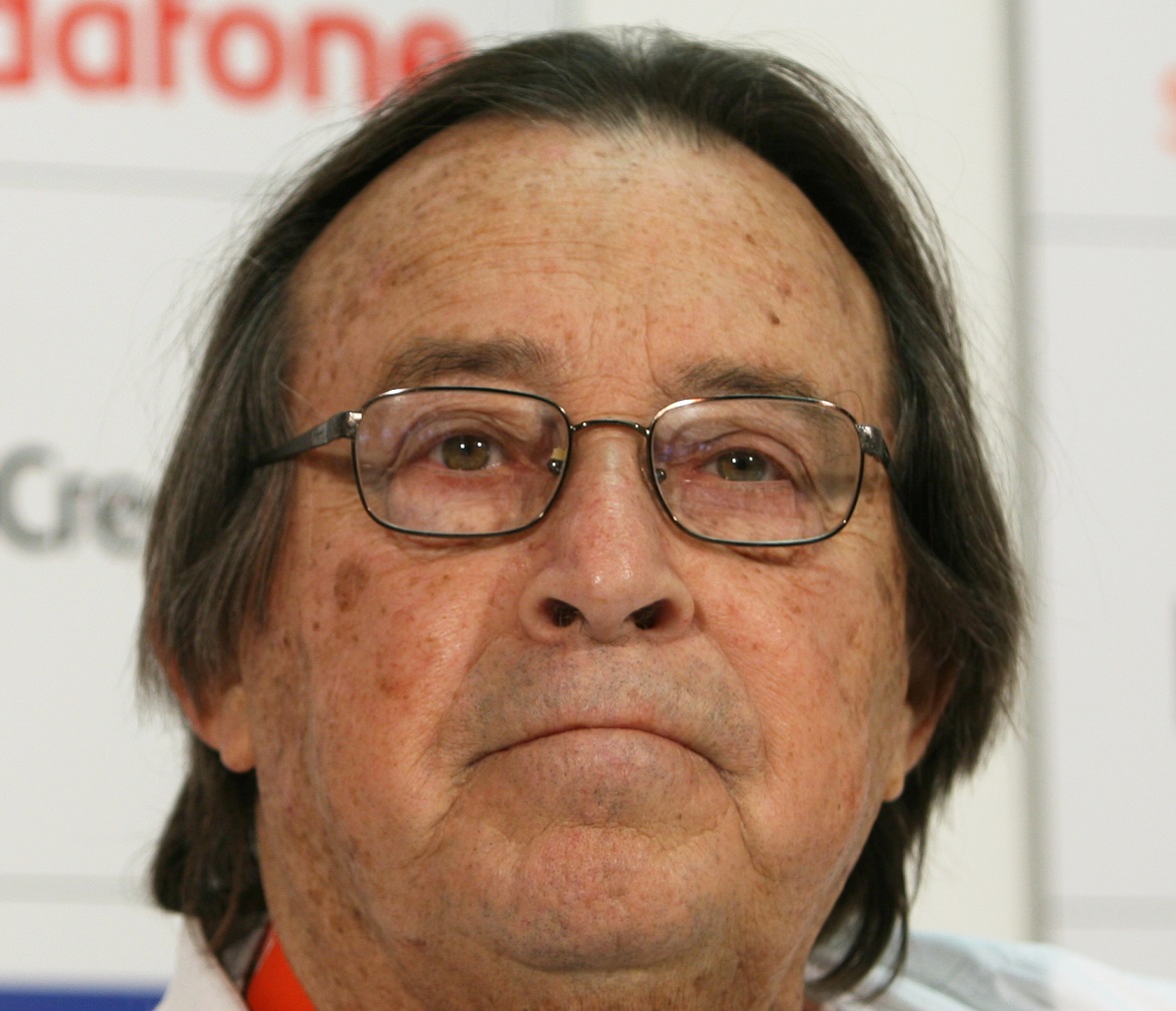 Petr Novák, CC BY-SA 2.5, Wikimedia Commons
Petr Novák, CC BY-SA 2.5, Wikimedia Commons
42. He Won His One And Only Oscar
Of the five men nominated for the Best Performance by an Actor category, only two showed up that night: Art Carney and Jack Nicholson. When Glenda Jackson announced Carney as the winner, he did a delightful little dance on his way to the podium. He had broken into the world of film in the biggest and best way possible.
Oddly, it would be his first and only trip to the Academy Awards.
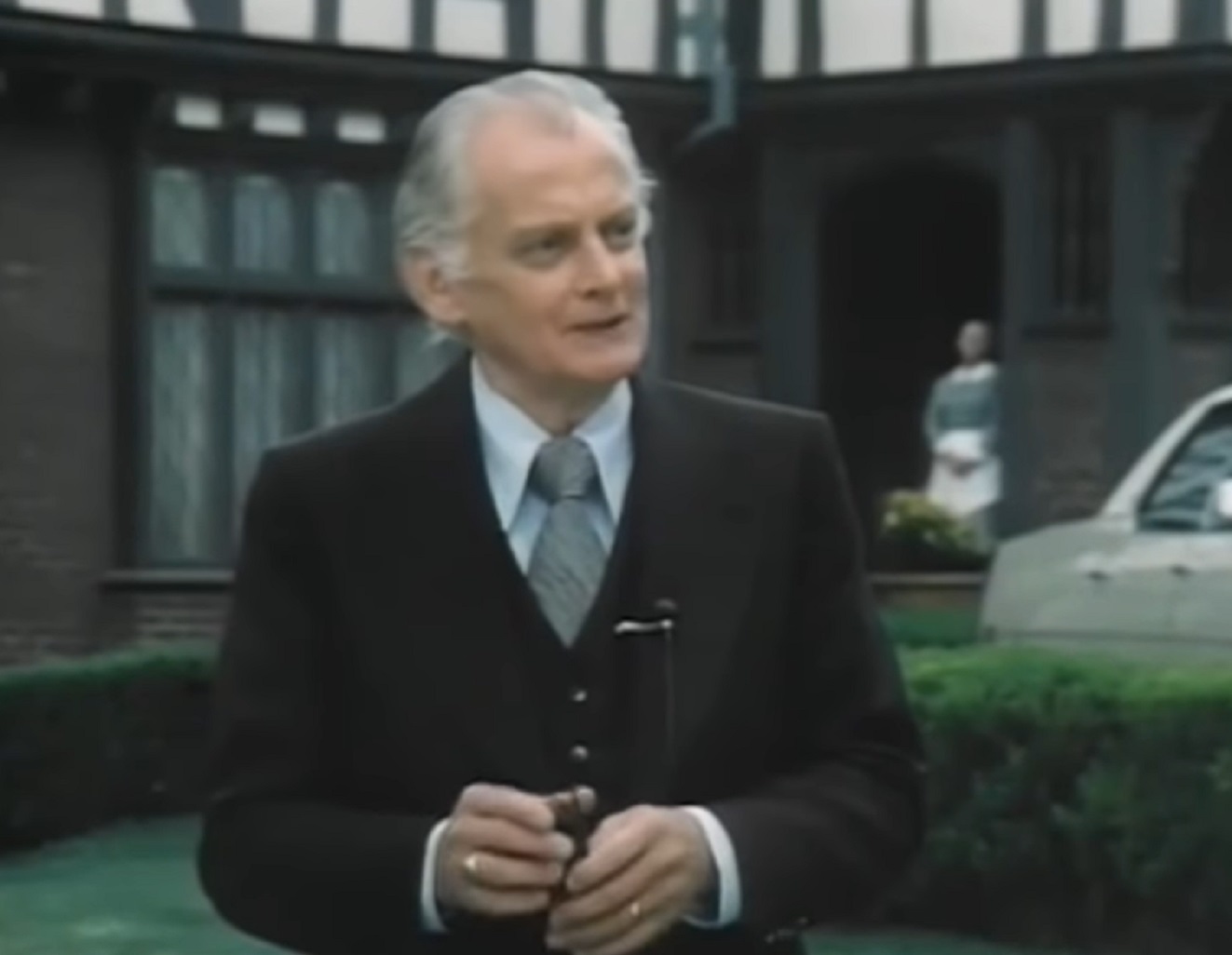 The Jozak Company, Katherine (1975)
The Jozak Company, Katherine (1975)
43. He Was A Villain in Batman
The Oscar win certainly opened more doors in the world of film for Carney, but because of his age and look, leading roles were few and far between. He was still in high demand though as a television character actor. In 1966 he played The Archer on Batman; a quirky Robin Hood-like villain, never again seen on the show.
On another program however, he played a character much closer to reality.
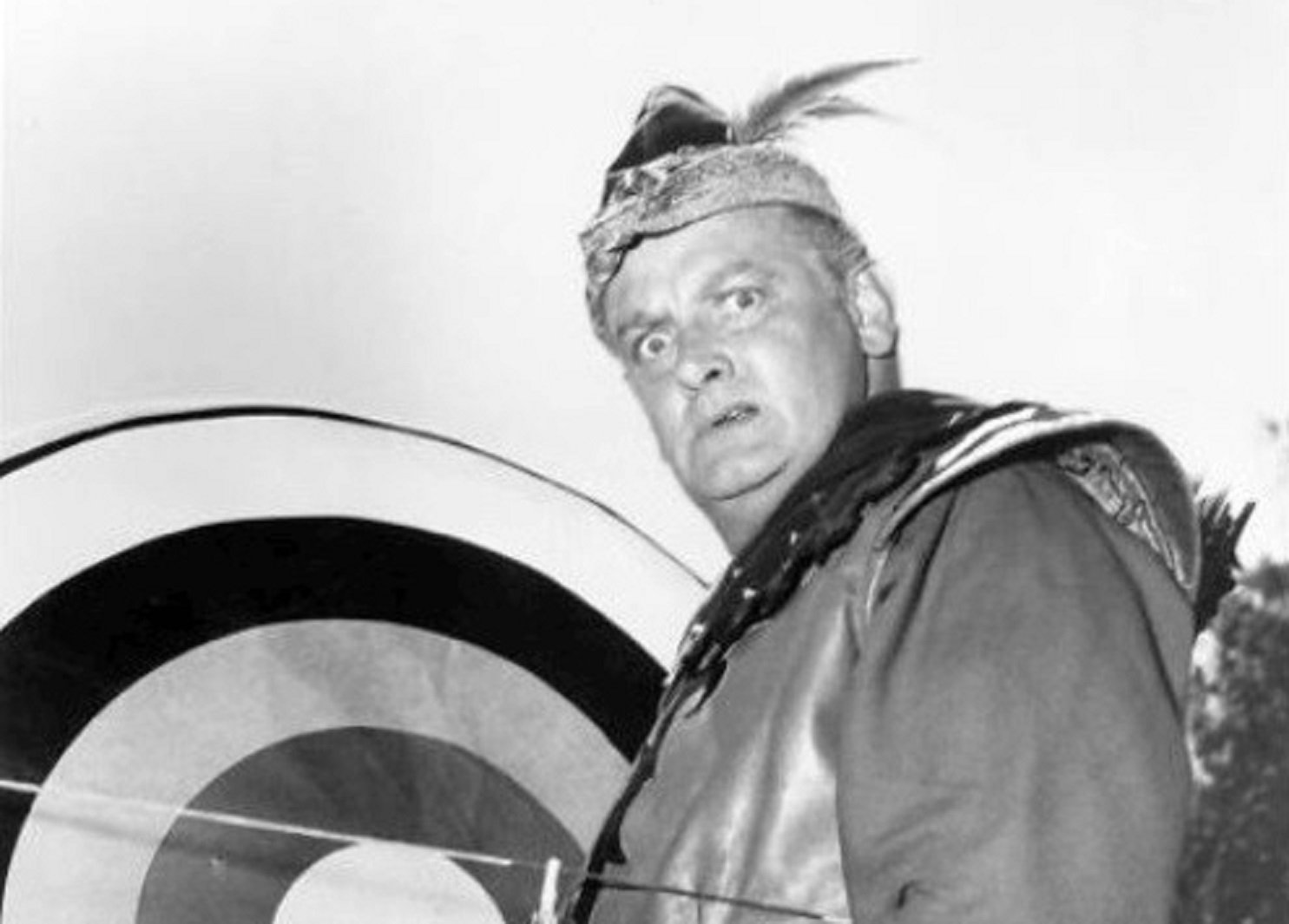 ABC Television, Wikimedia Commons
ABC Television, Wikimedia Commons
44. He Played Santa Claus Three Times
Perhaps due to his white hair and twinkling blue eyes, Carney was cast several times in the role of Santa Claus. Once was in the Muppet special The Great Santa Claus Switch and once was in the film The Night They Saved Christmas—but the third time had a bizarre twist. In a darkly autobiographical Twilight Zone episode, he appeared as a hard drinking department store Santa who becomes the real thing.
Things weren’t particularly merry in his personal life, however.
 Henson Associates, The Great Santa Claus Switch (1970)
Henson Associates, The Great Santa Claus Switch (1970)
45. He Divorced His Second Wife
In 1977, after ten years of marriage, Carney divorced his second wife, the dancer and part-time actress, Barbara Isaac. Although he had credited her in helping him get clean of booze and pills and had personally thanked her in his Oscar acceptance speech, it seemed he had unfinished business.
It was who the unfinished business was with that was the biggest surprise of all.
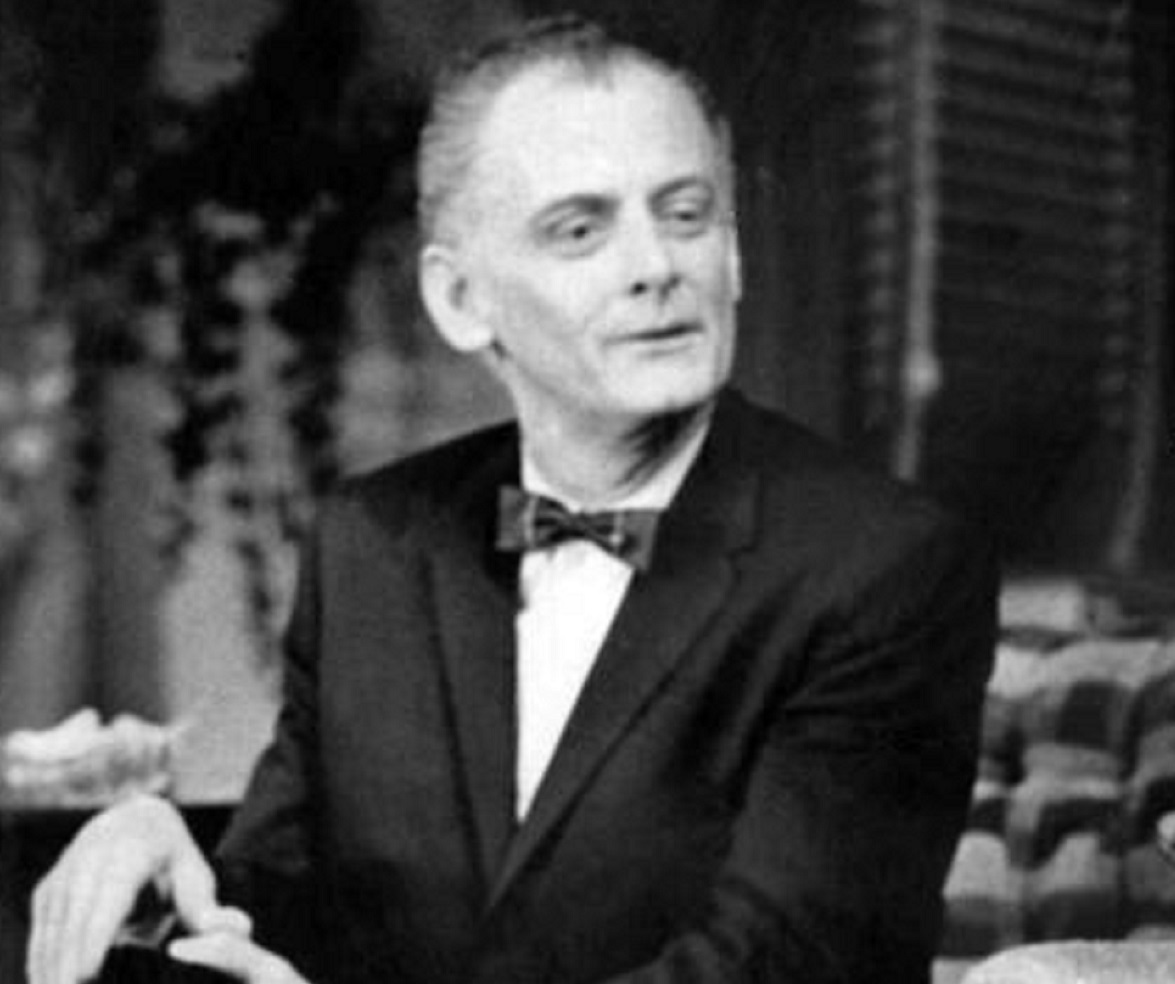 Henry Grossman, Wikimedia Commons
Henry Grossman, Wikimedia Commons
46. He Married His First Wife…Again.
In 1977, Carney remarried his first wife, Jean Myers. It felt like the natural thing to do. Interviewed in 1980 about reconciling with his ex, he said, "We always kept in touch because of our three children…after our second divorces, it was sort of like the puppy coming home.”
She must’ve been his good luck charm, because great things were just around the corner.
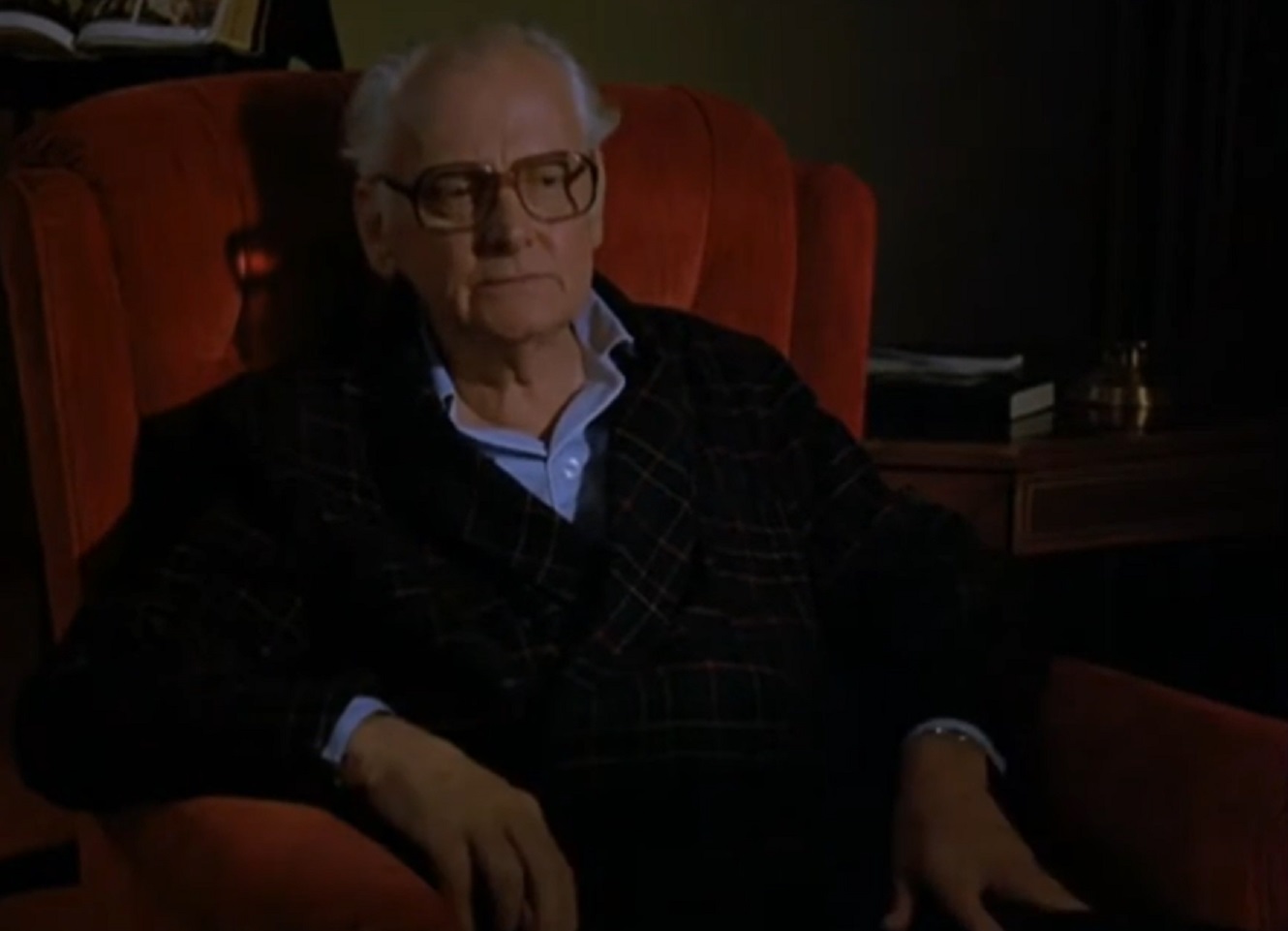 Columbia Pictures, Miracle of the Heart: A Boys Town Story (1986)
Columbia Pictures, Miracle of the Heart: A Boys Town Story (1986)
47. He Hit His Stride In The 70s
From the mid-1970s on, Carney appeared in a number of wildly different film and television roles, showcasing his incredible diversity as an actor. His portrayals ran the gamut from a Star Wars character to Ringo Starr’s father. All of this during his 60s, when many performers would be considering retirement. His biggest splash came in 1984 however, in a film that would mark two different finales.
 The Jozak Company, Katherine (1975)
The Jozak Company, Katherine (1975)
48. He Got To Work With James Cagney
In 1984, two stars of Irish descent came together. Terrible Joe Moran would be the last film of the great James Cagney. It would also earn Carney his sixth Emmy Award for Best Supporting Actor, the first and only time he would win it for playing a role that was not Ed Norton.
Unbeknownst to Carney however, his relationship with the man who had created Ed Norton was not quite over. Gleason and Carney would have one more kick at the can.
 Warner Bros. Studio, Wikimedia Commons
Warner Bros. Studio, Wikimedia Commons
49. He Was No Longer The Second Banana
When Jackie Gleason asked Carney to make the film Izzy and Moe with him, it took forever to get off the ground. Gleason, who seemed to think that time had stood still since doing The Honeymooners, had a diva-like demand. He insisted on being paid more than Carney.
Carney however, had a cartful of Emmys as well as an Oscar on his negotiating team. Carney would no longer settle for second banana. If anything, his career had eclipsed Gleason’s.
50. His Famous Last Words
The last decade of Carneys life was relatively quiet, whiling away his time in the small town of Westbrook, Connecticut, where he was affectionately known as Mister C. He made his final screen appearance in 1993, opposite Arnold Schwarzenegger in the action film The Last Action Hero.
His last ever words on screen were incredibly ironic. In the film, he tells another character “I’m outta here”. Art Carney died on November 9, 2003.
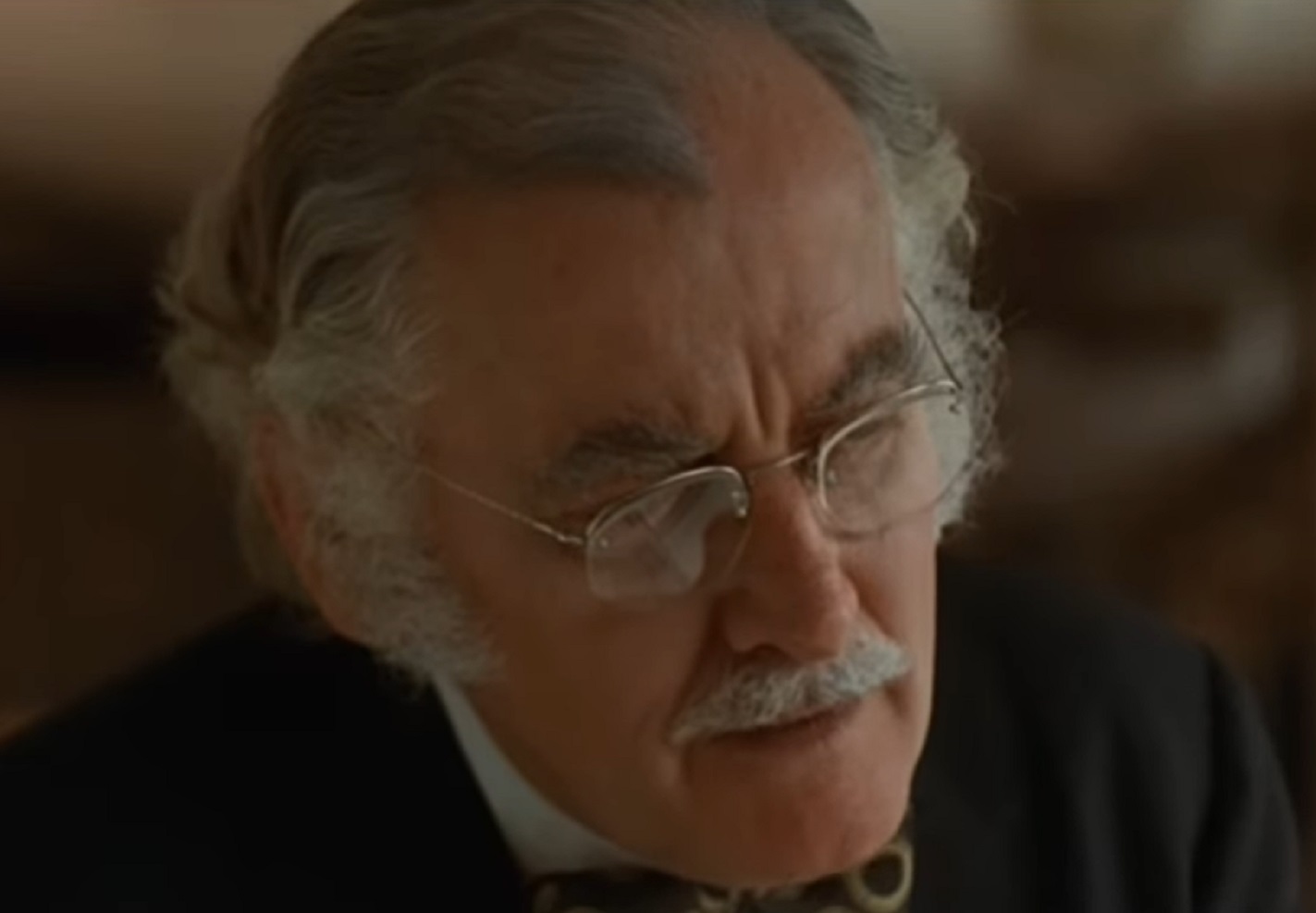 Twentieth Century Fox, Harry and Tonto (1974)
Twentieth Century Fox, Harry and Tonto (1974)

